“Moving locally? Oh, that’ll be easy,” said no one who’s actually done it.
Just because you’re not crossing state lines doesn’t mean your move won’t come with a side of chaos. You think it’s just a few boxes and a short drive until you’re knee-deep in bubble wrap.
Over 60% of Americans say moving is more stressful than a breakup or starting a new job. But it doesn’t have to be that way. Whether you’re moving across the street or across town, this guide is your best option.
We’re talking about a local moving checklist so thorough and helpful that it practically packs your stuff for you.
This isn't one of those generic, copy-paste lists that tell you to "pack early" and "label your boxes." You'll even get a moving checklist that’s actually useful.
So if you’re the kind of person who likes to be prepared, then keep reading.
Why You Need a Local Moving Checklist
Moving locally doesn’t mean moving casually. Just because you’re not crossing state lines doesn’t mean you can stay easy. A local moving checklist is your golden option to keep your sanity intact.
Here’s exactly why you need one:
Because Your Brain Can’t Remember Everything
Between work, life, and trying to remember where you left your keys, your brain’s already working enough. A checklist reminds you to cancel utilities, book local movers, and pack every drawer.
It Saves You Time
According to ConsumerAffairs, 53% of all U.S. moves are local, and most of them happen within the same county. But even short-distance moves can take 8–12 hours of active labor. A checklist helps you prep in stages and saves you time.
It Helps You Budget
Moving costs can sneak up on you like a cat in a cardboard box. From moving supplies to tipping your movers, it adds up fast. A checklist lets you track expenses, compare quotes from local moving companies, and avoid hidden fees.
It Keeps Your Stuff Safe
No one wants to open a box labeled fragile” and find a jigsaw puzzle made of their favorite mug. A proper moving checklist reminds you to pack smart, label clearly, and stock up on the right moving supplies.
It Reduces Stress
A recent HireAHelper report found that moving ranks among the top five most stressful life events. But having a plan (aka your checklist) gives you control and structure.
It Helps You Stay Organized
Having everything written down means fewer surprises. You’ll know what’s packed, what’s left, and what still needs to be done.

Need a printable plan that is easy to follow? Grab our All-In-One Moving Checklist and start ticking boxes.
Pre-Move Planning
Planning ahead makes your move easier and less stressful. Taking the time to organize things before moving day helps everything go smoothly and saves you time.
Here’s how to get started:
Start Early
Experts recommend starting your move prep at least 8 weeks in advance. That gives you time to:
- Set a realistic budget
- Research and compare local moving companies
- Decide whether you’re going DIY or hiring pros
- Create a digital folder or binder to keep all your moving documents in one place
Declutter
Before you even think about packing, declutter. Go room by room and ask yourself: “Do I really need this?” If it doesn’t serve a purpose, donate, sell, or discard it. According to This Old House, decluttering can cut your moving costs by up to 25%.
Build a Budget
Moving locally in the U.S. costs an average of $1,692, but that number can change depending on how much stuff you have and who’s doing the heavy lifting. Your budget should include:
- Moving supplies
- Labor from local moving companies
- Truck rental or fuel (if DIY)
- Snacks and tips for your helpers
- Emergency funds for last-minute surprises
Book the Right Help
Whether you’re hiring movers or bribing your friends with pizza, decide it in advance. The best local moving companies get booked fast, especially on weekends and at the end of the month.
Organize Your Local Moving Supplies List
Don’t wait until the last minute to grab your supplies. You’ll need:
- Moving boxes of various sizes
- Packing tape and a dispenser (trust us, it’s worth it)
- Bubble wrap, packing paper, and stretch wrap
- Labels or colored markers
- A box cutter (or three)
Create a Moving Timeline
Break your move into bite-sized chunks. Here’s a quick sample:
- 6 weeks out: Set your budget, Book movers, and start gathering supplies
- 4 weeks out: Begin packing non-essentials
- 2 weeks out: Confirm logistics, change your address
- 1 week out: Pack essentials, clean, and prep for the big day

Running out of time and still not packed? We’ve got your back with the Week-by-Week Moving Timeline that’ll keep you sane.
The Ultimate Local Moving Checklist
Moving is basically a full-time job disguised as a “weekend project.” But with the right plan, it doesn’t have to be a total circus. This local moving checklist breaks everything down by week so you can stay ahead of the chaos.
6 Weeks Before Moving
You’re not in panic mode yet—this is your preparation time.
- Declutter: Go room by room and decide what’s staying and what’s getting the boot. Less stuff means fewer moving boxes and lower costs.
- Research and book movers: Start calling around for quotes from local moving companies near me. Compare services, not just prices.
- Create a moving binder or digital folder: Keep contracts, receipts, and your moving checklist in one place.
- Start building your budget: Include everything, moving supplies, truck rental, tips, snacks, and a little wiggle room for surprises.
- Notify your landlord (if renting): Most places require 30–60 days’ notice.

Don’t let shady movers ghost you (or your stuff). Use our Mover Checklist to pick pros,not problems.
4 Weeks Before Moving
Time to shift gears into action mode.
- Lock in your movers: Confirm your booking with your chosen local moving companies and get everything in writing.
- Start packing non-essentials: Like books, off-season clothes, and those items you haven’t used for many years.
- Gather your gear: Start checking off your local moving supplies list.
- Change your address: Contact USPS, banks, insurance, subscriptions, and your grandma (she still sends birthday cards, right?).
- Make a pet/kid plan: If you have kids or pets, arrange sitters or playdates for moving day.

Not all movers are created equal. Find the top ones on our list of the best local moving companies
2 Weeks Before Moving
This is your “get stuff done” phase.
- Pack properly: Focus on one room at a time. Label boxes clearly and update your moving boxes checklist as you go.
- Confirm all logistics: Double-check with your local movers; arrival time, parking, building access, etc.
- Transfer utilities: Schedule shut-off and start-up dates for electricity, water, gas, internet, and trash.
- Prep your essentials box: Include toiletries, chargers, meds, snacks, and a change of clothes.
- Donate or sell leftovers: If it didn’t make the cut during decluttering, now’s the time to let it go
1 Week Before Moving
You’re in the home stretch. Let’s tie up those loose ends.
- Finish packing: Leave out only what you’ll need for the next few days.
- Clean your current place: Whether it’s for your landlord or your own peace of mind, give it a good clean.
- Disassemble furniture: Beds, tables, shelves—get them ready for transport.
- Back up your files: Just in case your laptop takes a tumble.
- Confirm move-in details: Make sure your new place is ready and accessible.
Moving Day
It’s time to go! Keep your cool and follow the plan.
- Meet the movers: Walk them through your space and point out fragile items.
- Keep valuables with you: Jewelry, documents, and anything irreplaceable should ride with you.
- Do a final sweep: Check closets, drawers, and cabinets one last time.
- Follow moving tips: Stay hydrated, take breaks, and don’t forget to tip your movers if they crushed it.
After the Move
You made it! Now let’s get settled.
- Unpack essentials first: Kitchen, bathroom, and bedding are top priority.
- Recycle your moving boxes: Or offer them up on local Facebook groups.
- Explore your new neighborhood: Find the nearest grocery store, shops, and restaurants.
- Celebrate: You survived the move! Order takeout and enjoy your new space.

Feeling like your brain’s in a cardboard box? Check out our Moving Prep Guide to stay organized and make moving day stress-free.
Bonus Tips for a Smooth Local Move
You’ve got your checklist ready, your boxes packed, and your movers booked. Here are a few extra tips to help make your local move as easy and stress-free as possible.
Pack a “First Night” Survival Kit
You don’t want to be digging through 14 boxes just to find your toothbrush. Pack a bag with:
- Toiletries
- Chargers
- Pajamas
- Snacks
- Medications
Clean As You Go
Don’t leave all the cleaning for the end. Wipe down shelves and drawers as you empty them. It’ll save you hours later.
Use What You Have as Packing Material
Before you buy more bubble wrap, raid your linen closet. Towels, socks, and even hoodies make great padding for fragile items.
Keep Tools Handy
You’ll need a screwdriver, Allen wrench, or box cutter within the first 10 minutes of unloading. Keep a small toolkit in your car or essentials bag so you’re not hunting through boxes labeled “misc.”
Take Photos of Electronics Before Unplugging
Snapping a quick pic of your TV or electronics can save you hours of frustration later. It’s a small move that makes reassembly a breeze.
Avoid Peak Moving Times
If you can, move mid-week and mid-month. That’s when local moving companies are less slammed, and you might even score better rates from cheap movers near me.

Local move got you thinking bigger? Whether it’s 5 miles or 500, our best long distance moving companies list has your back
Recommended Resources















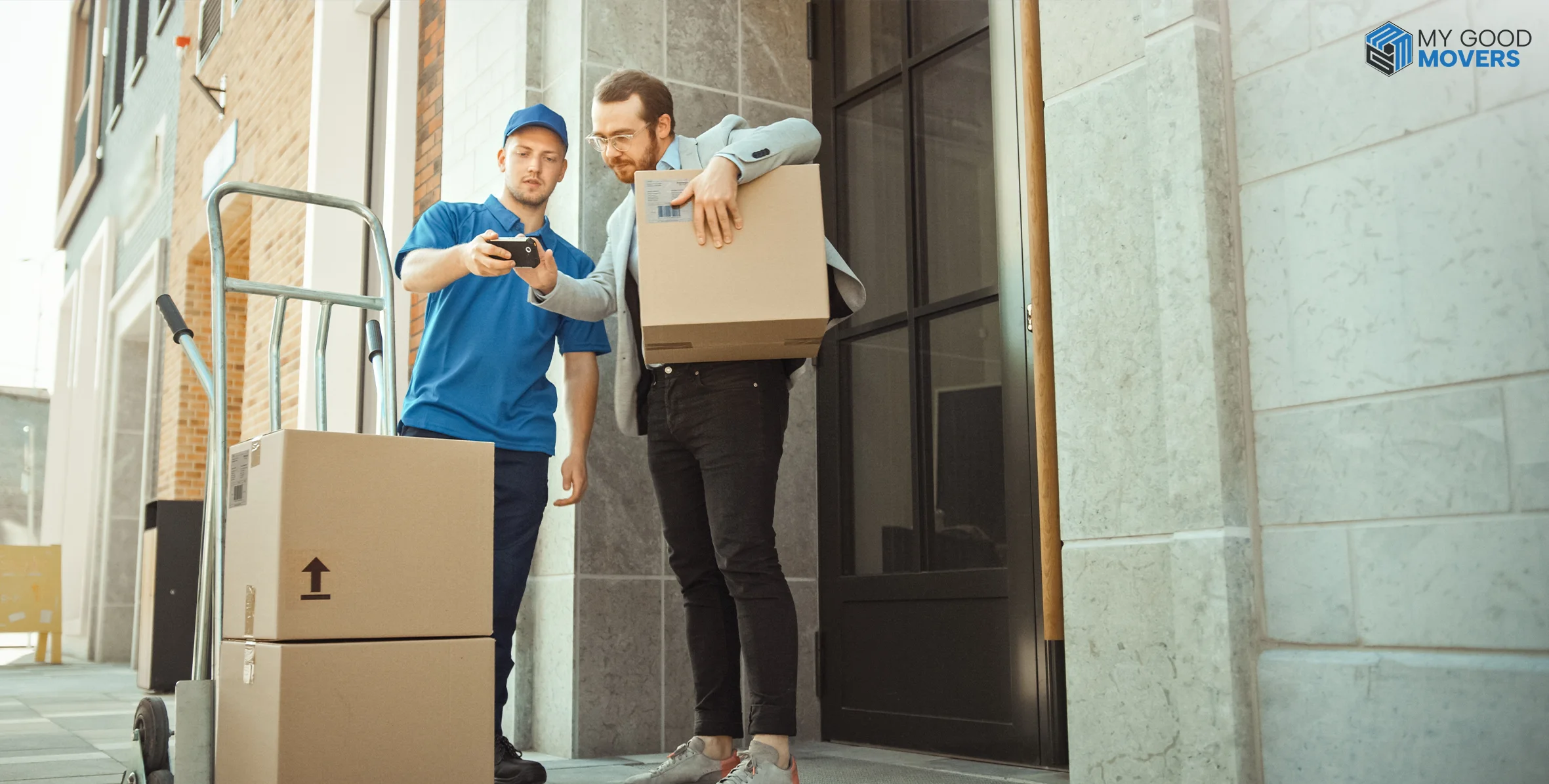
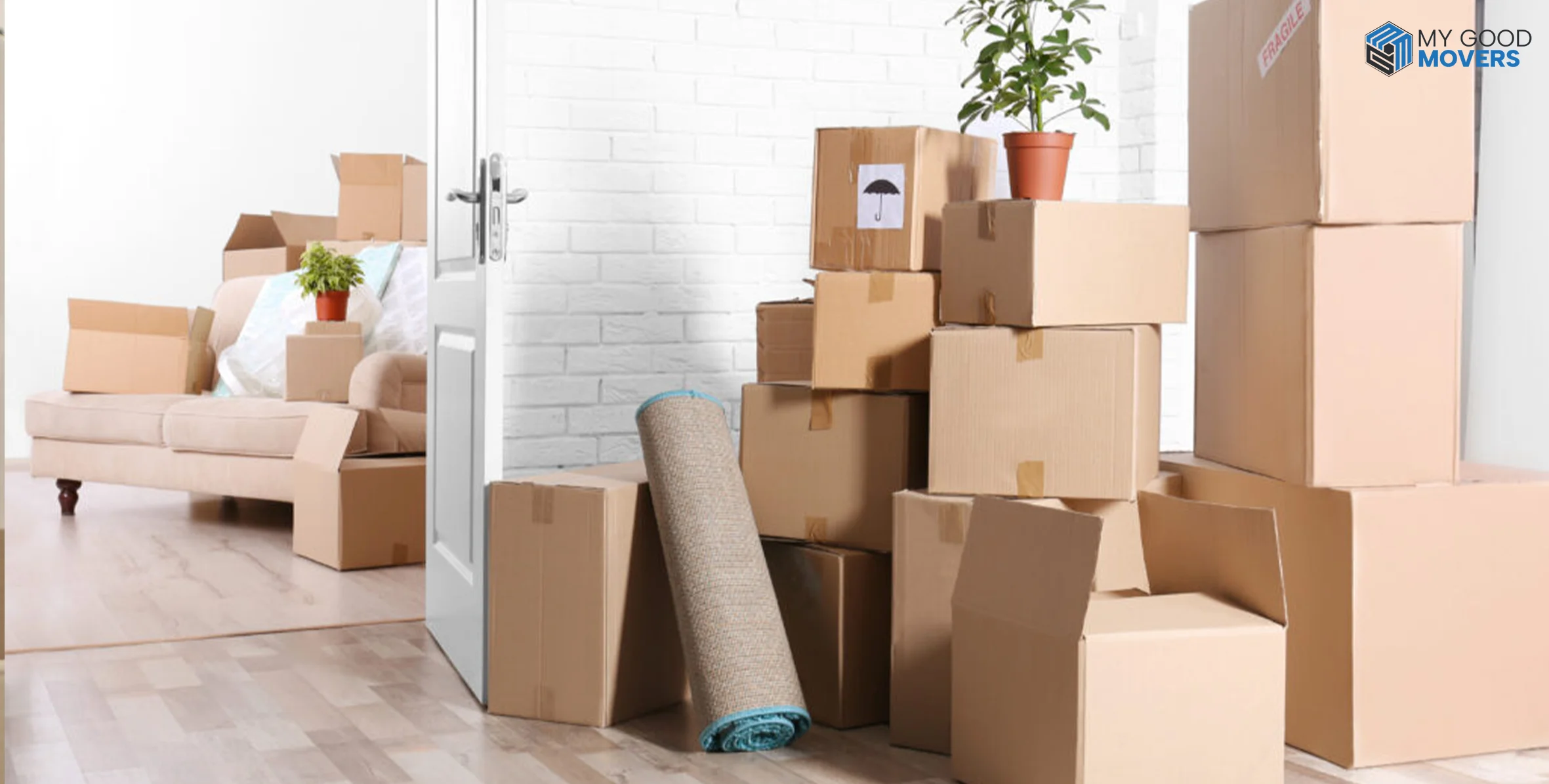
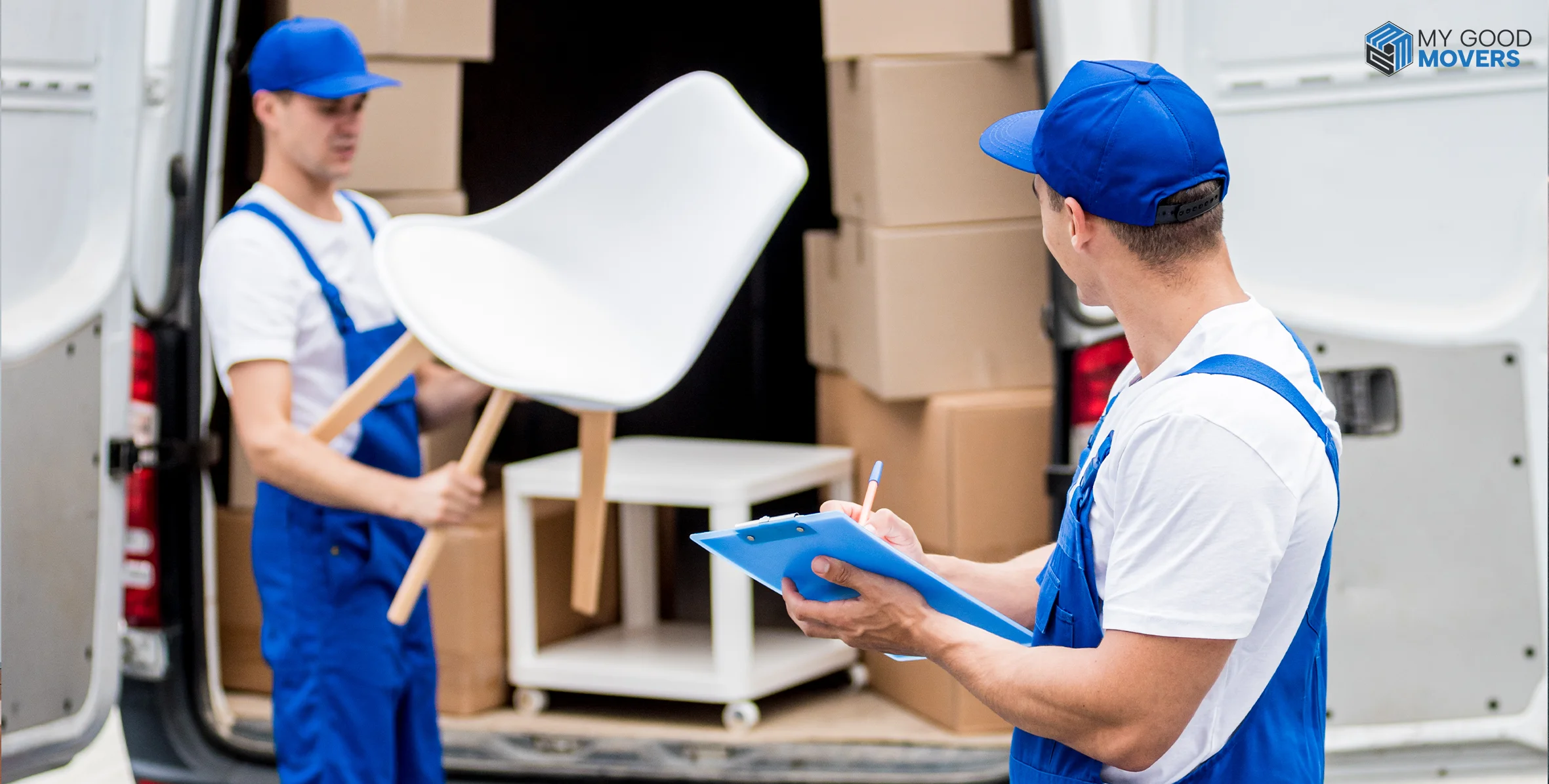
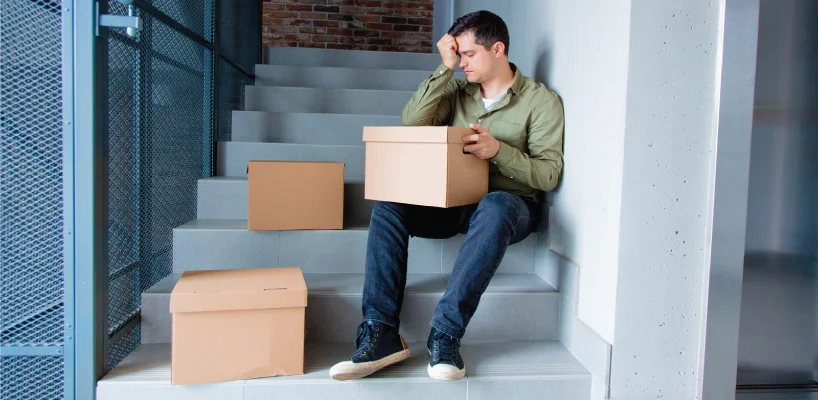
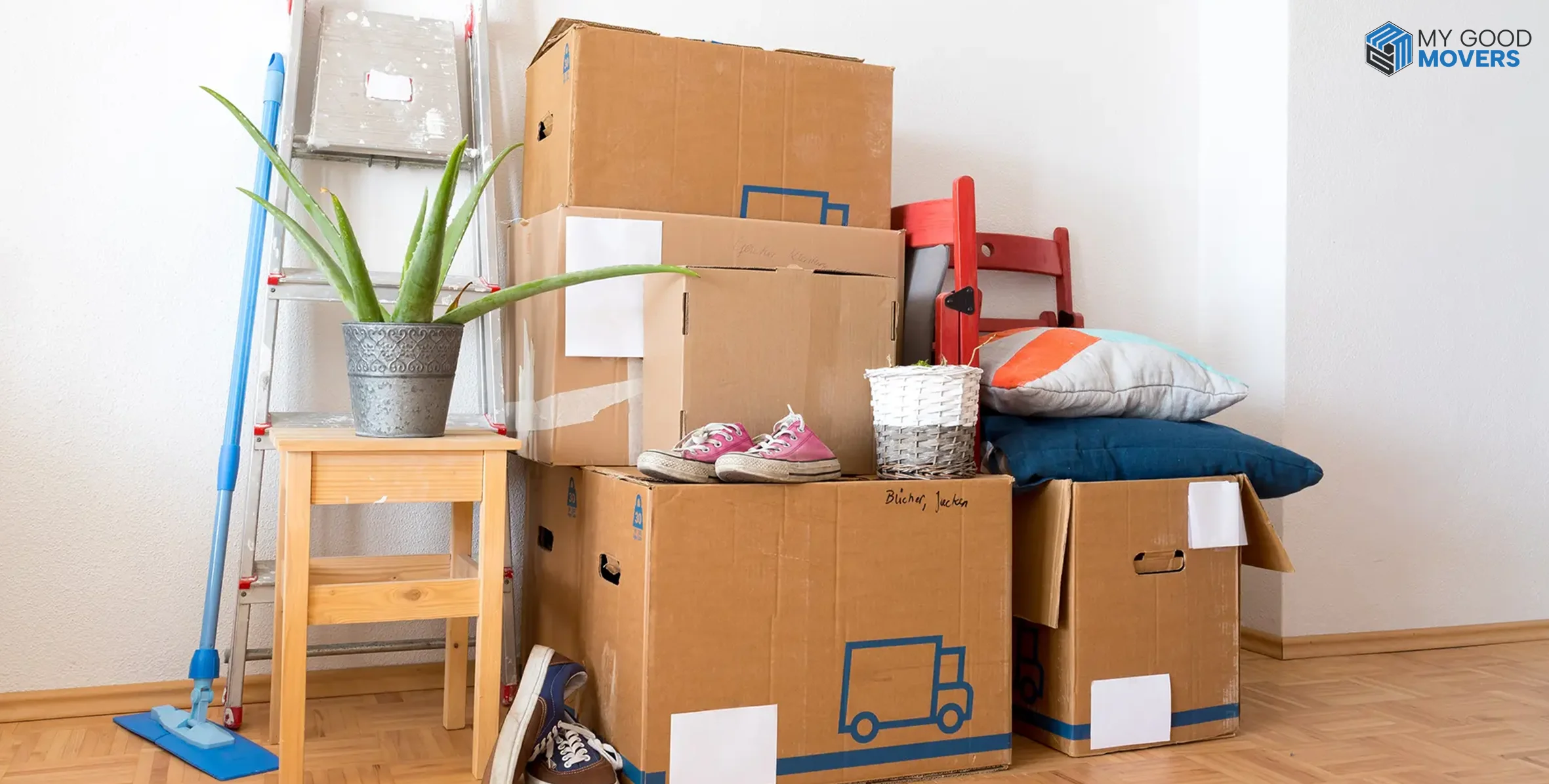






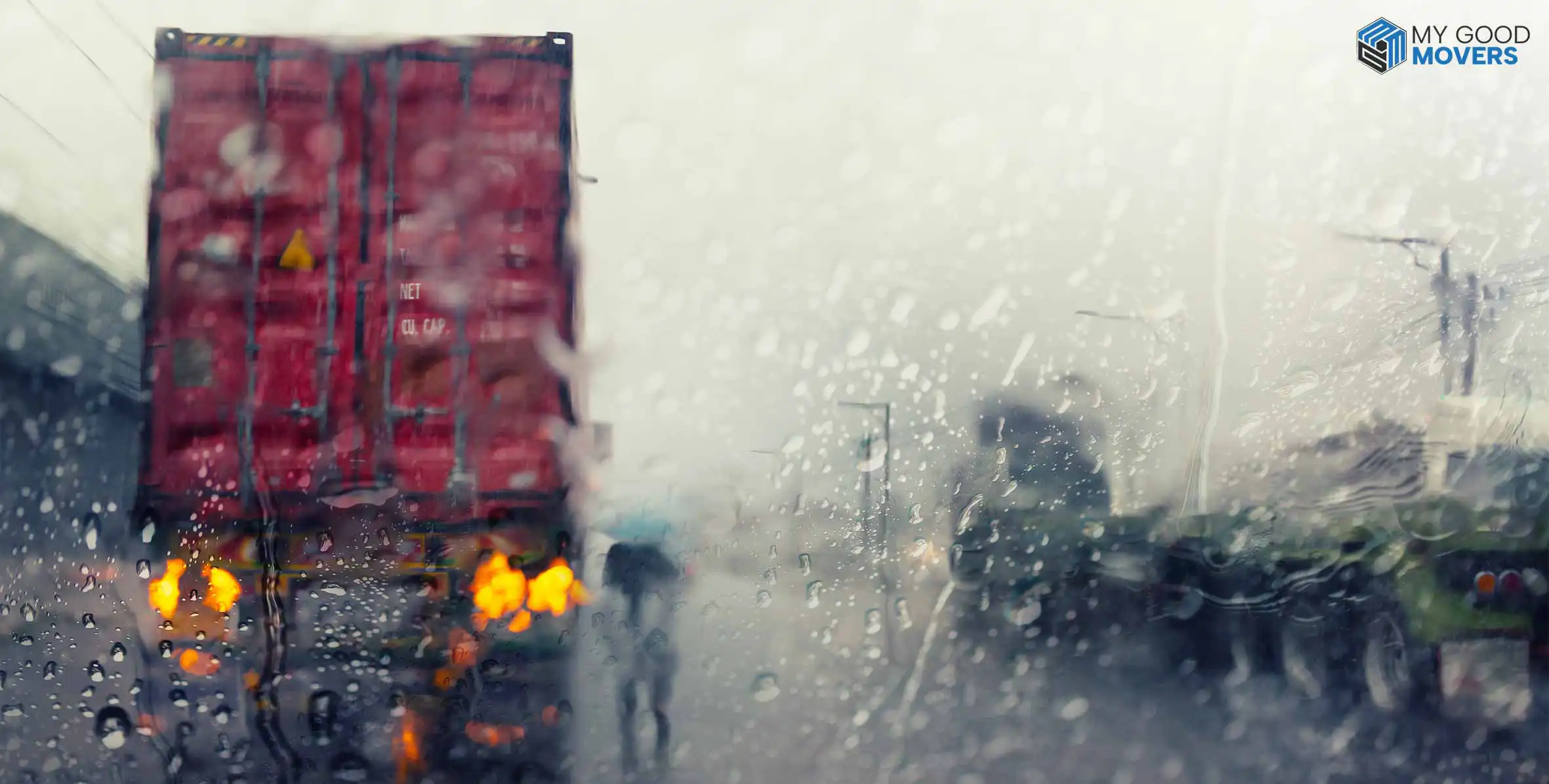

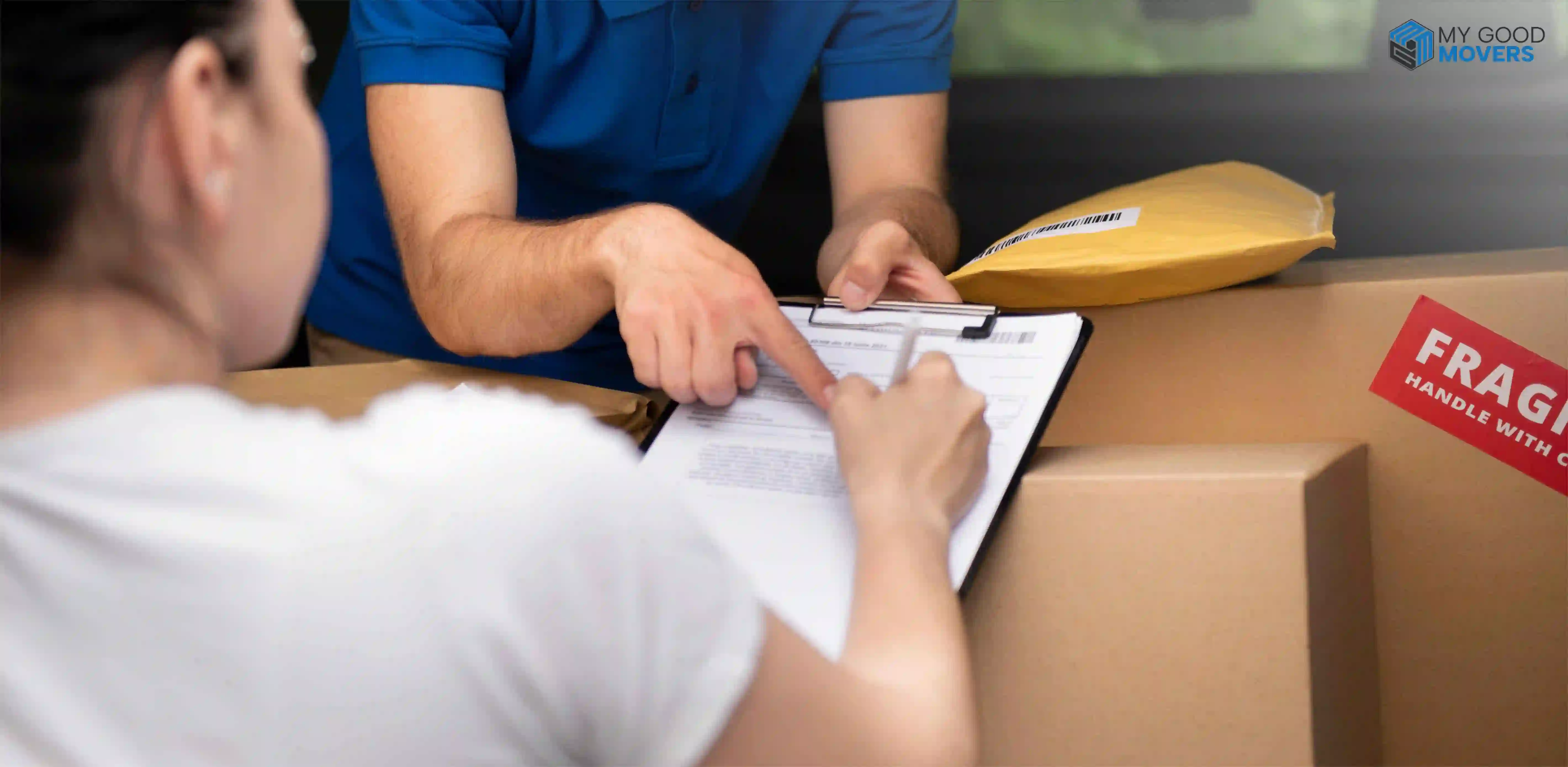


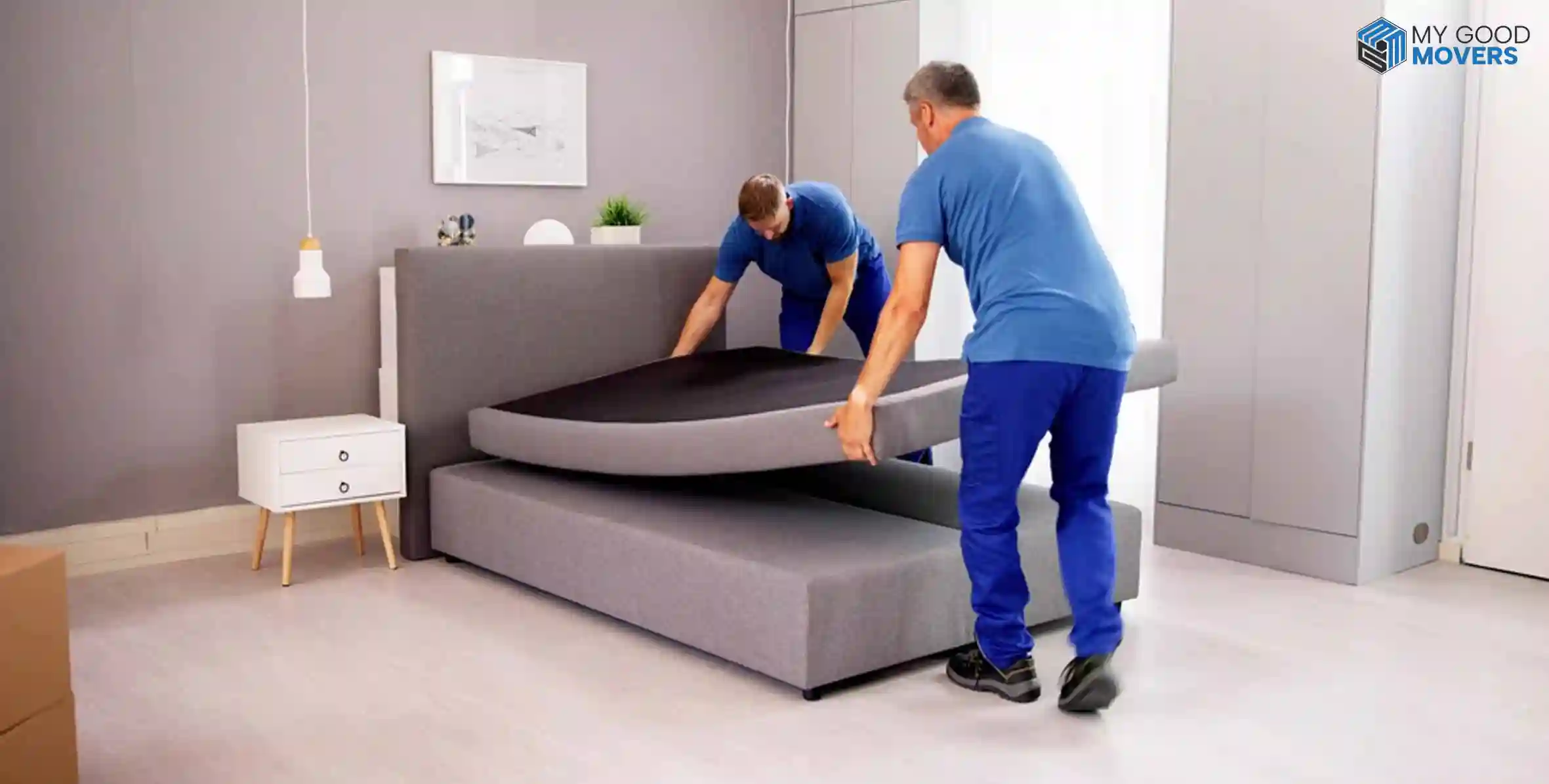

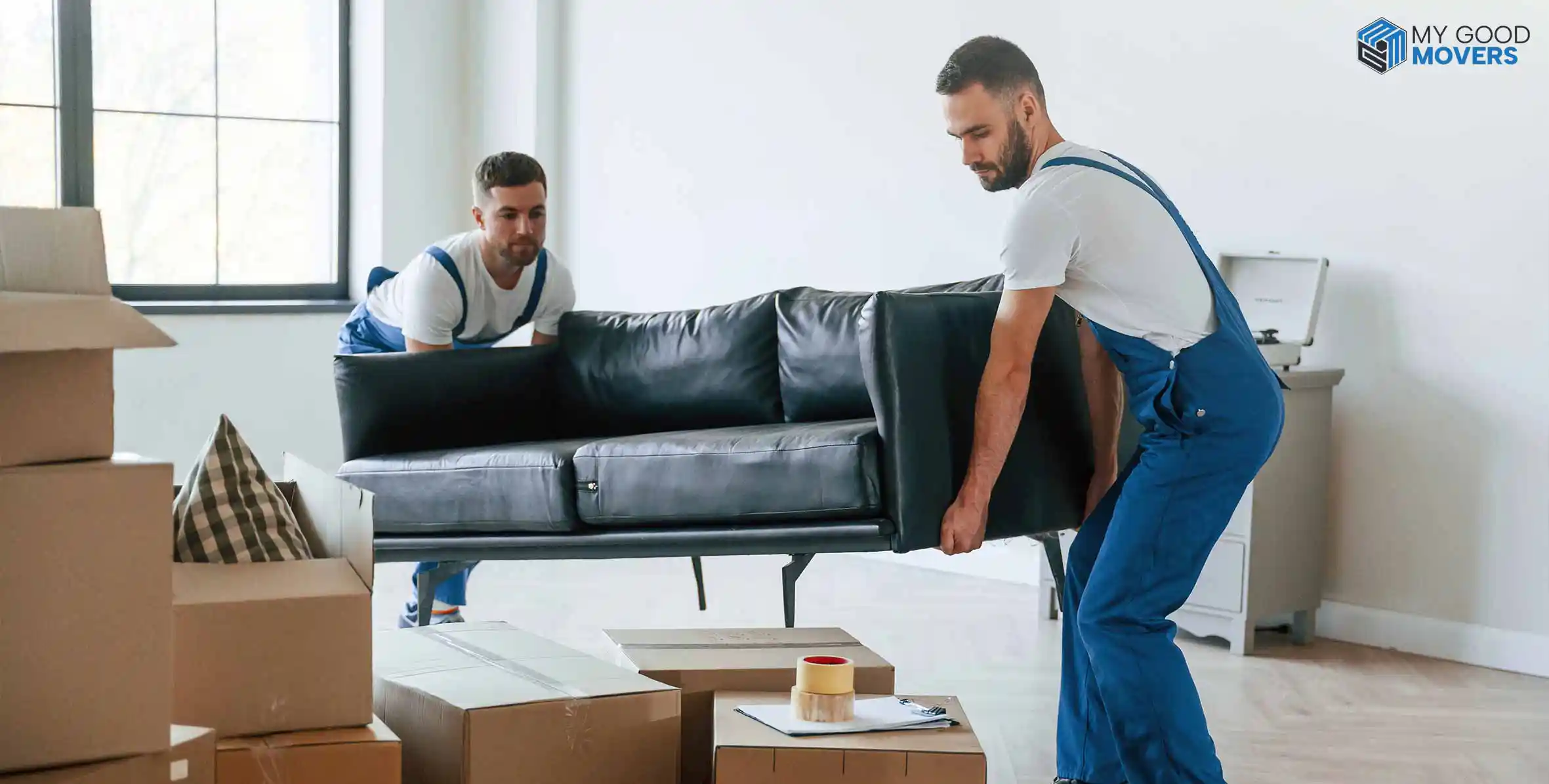
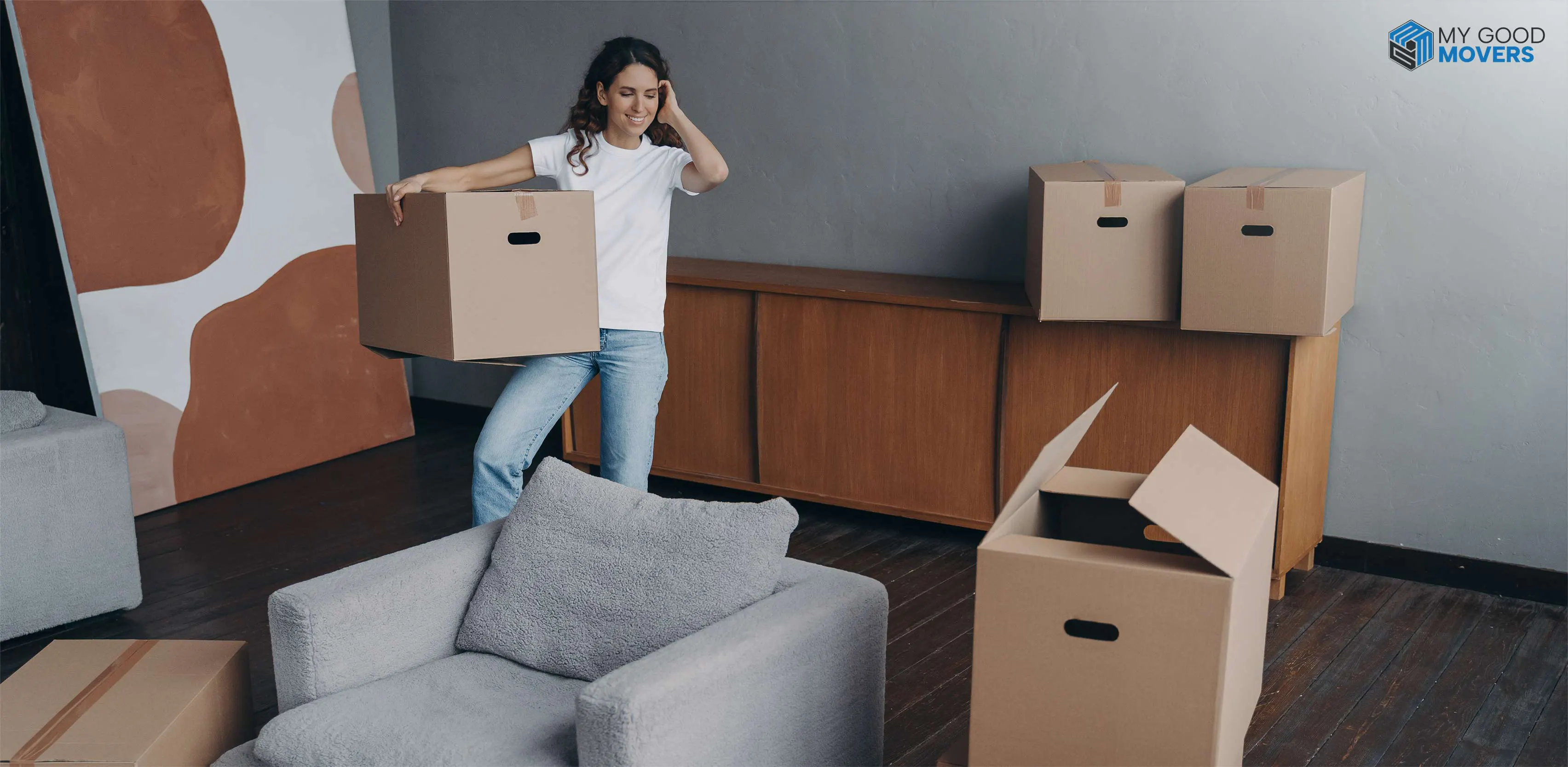
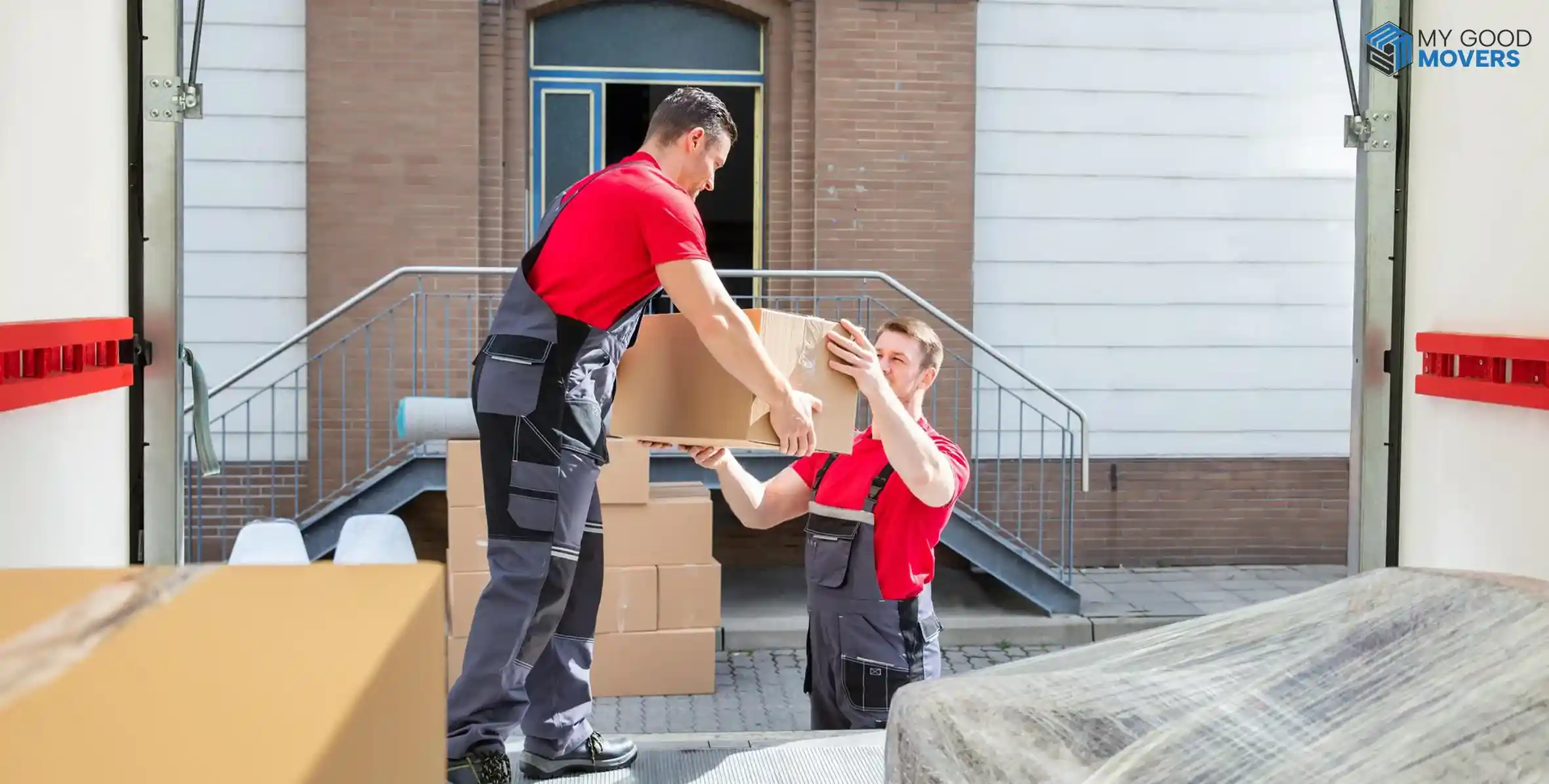
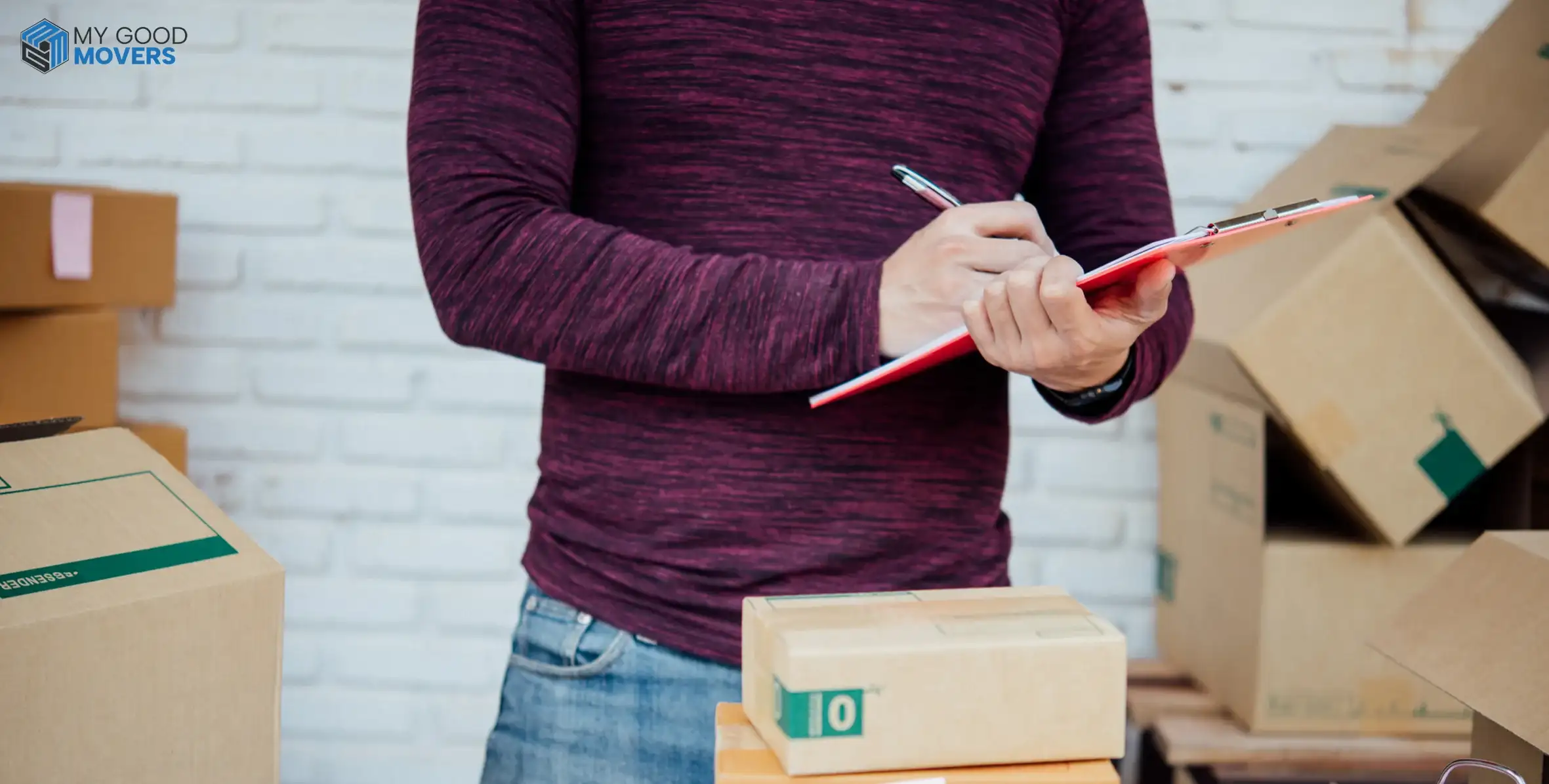
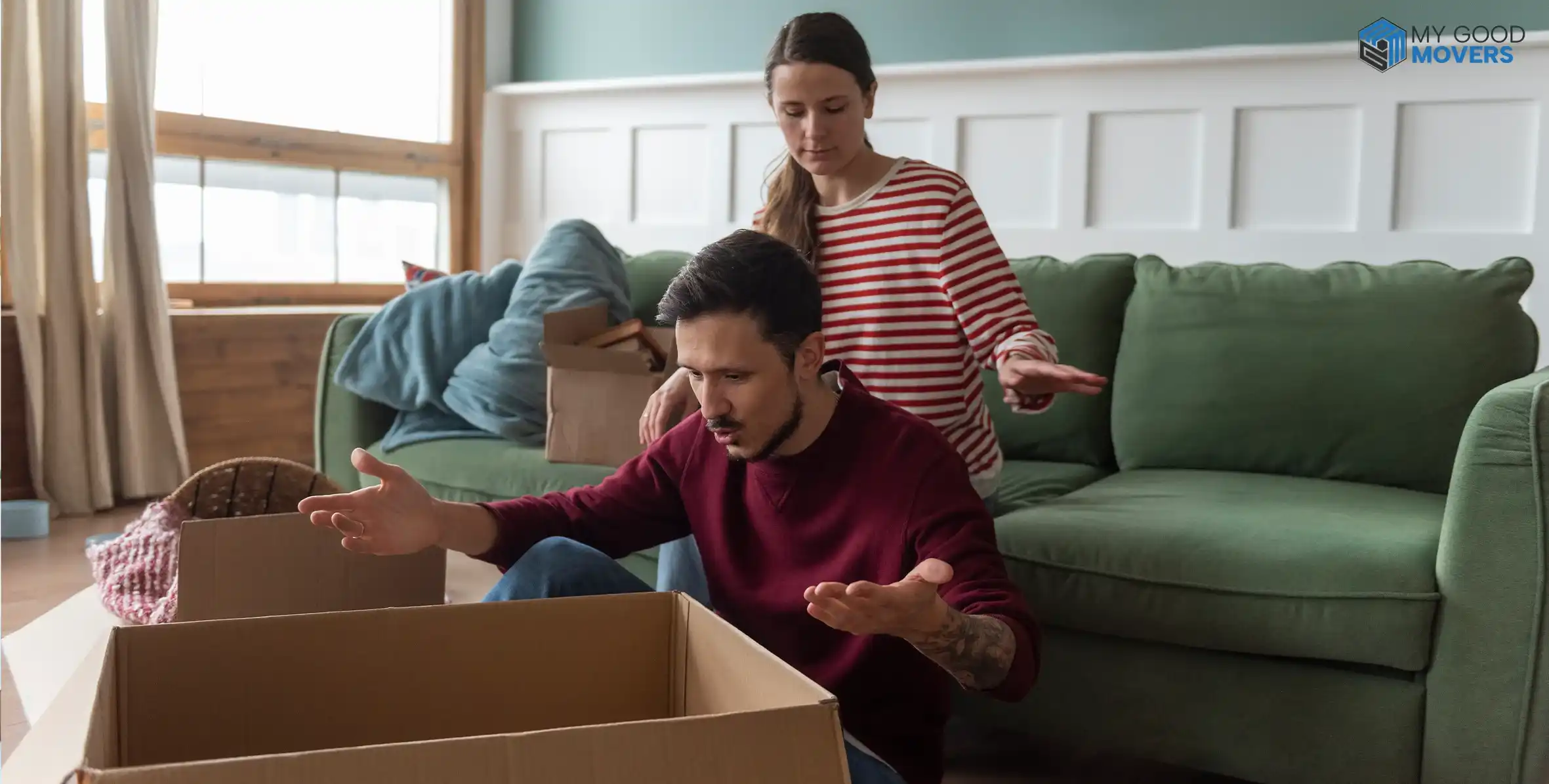
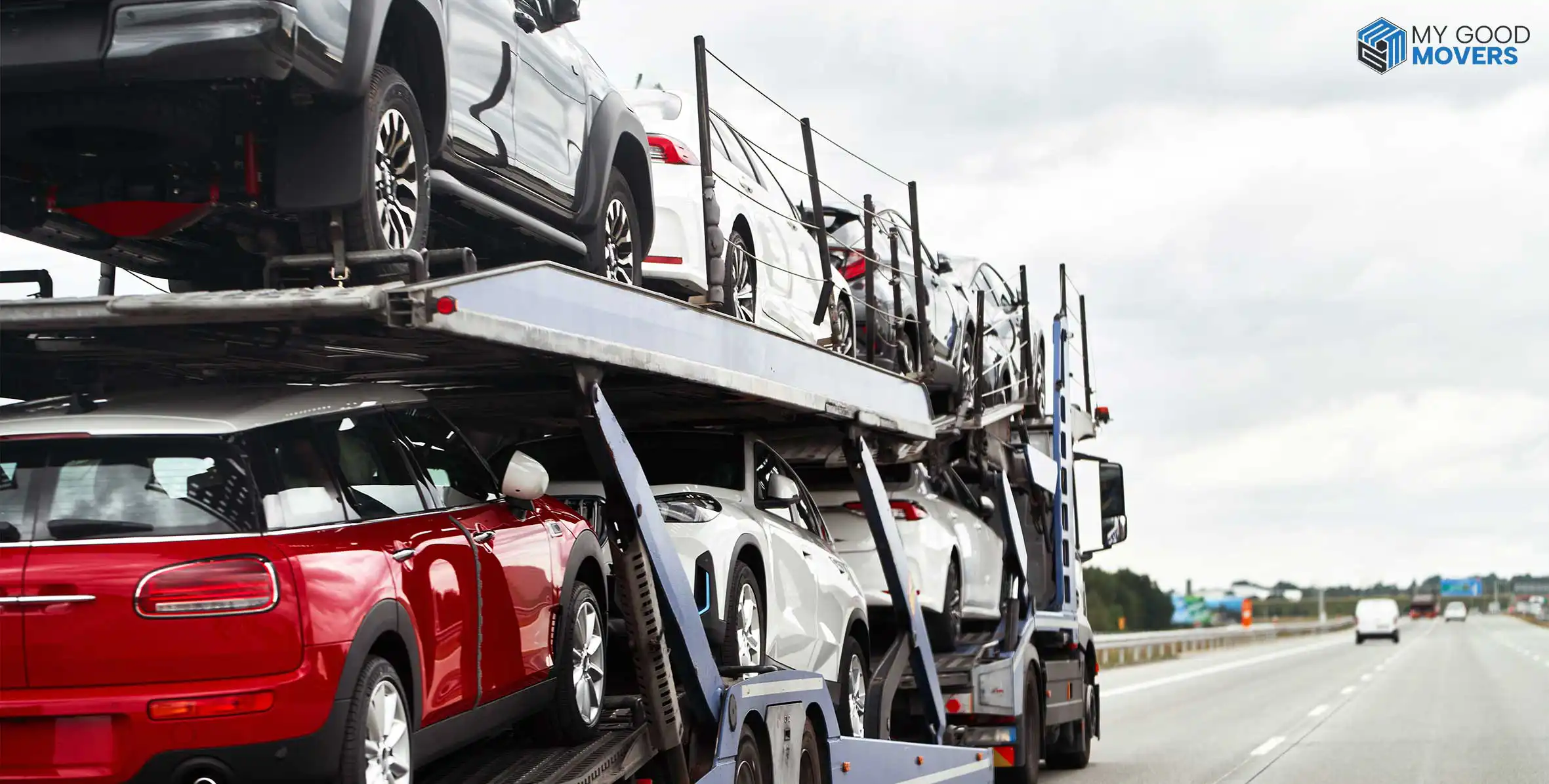

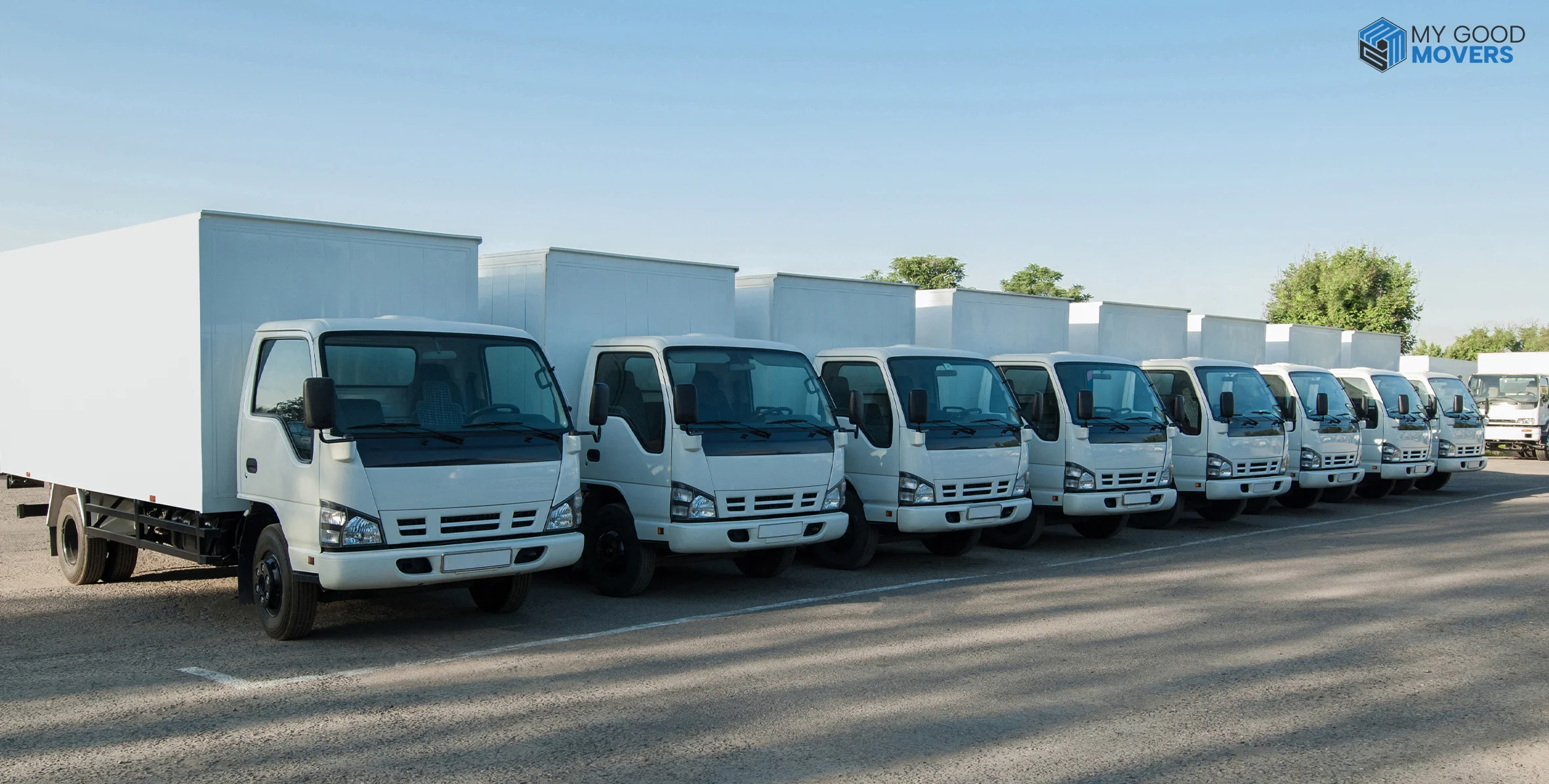
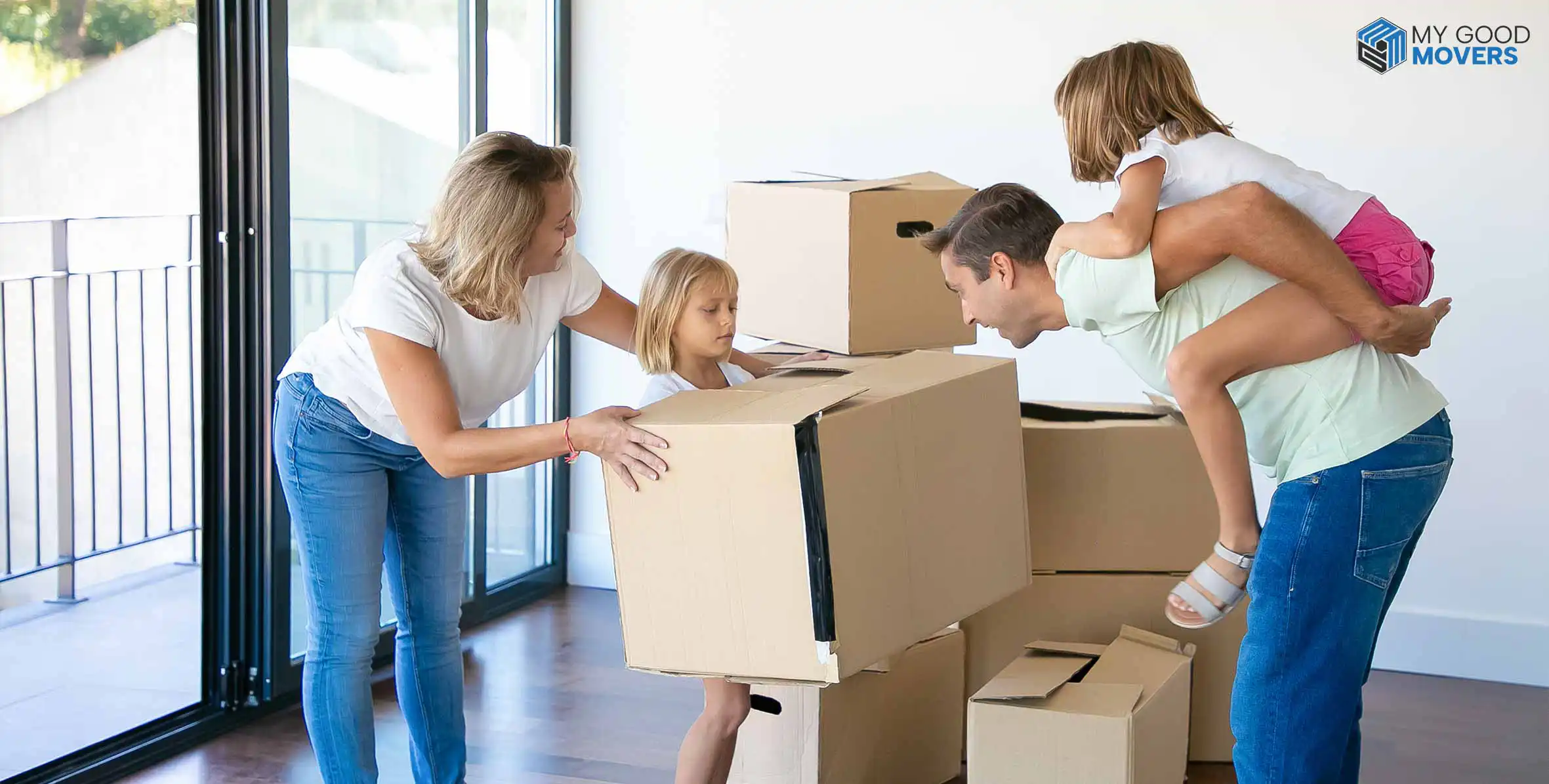

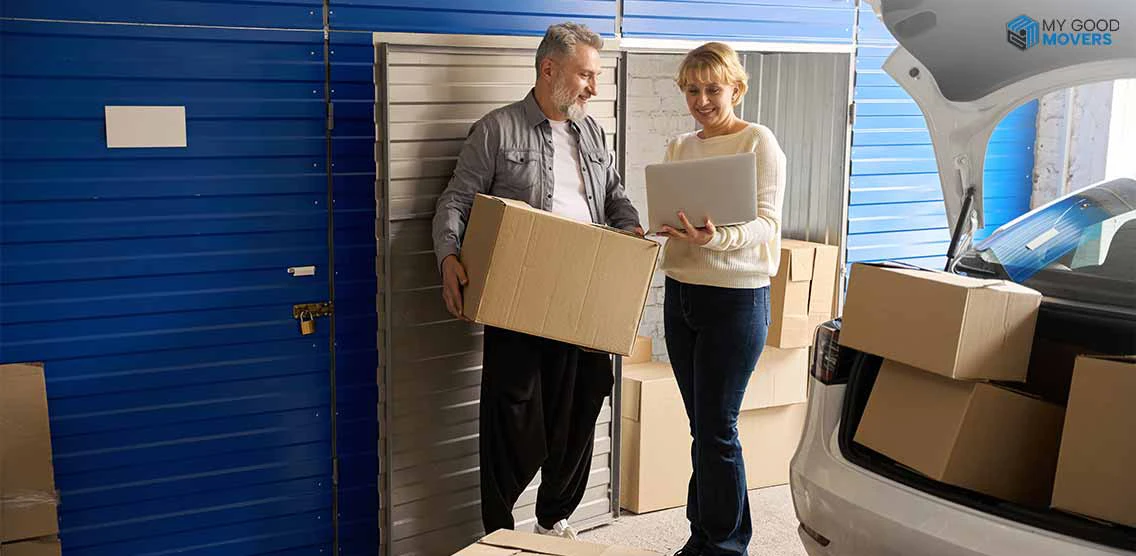
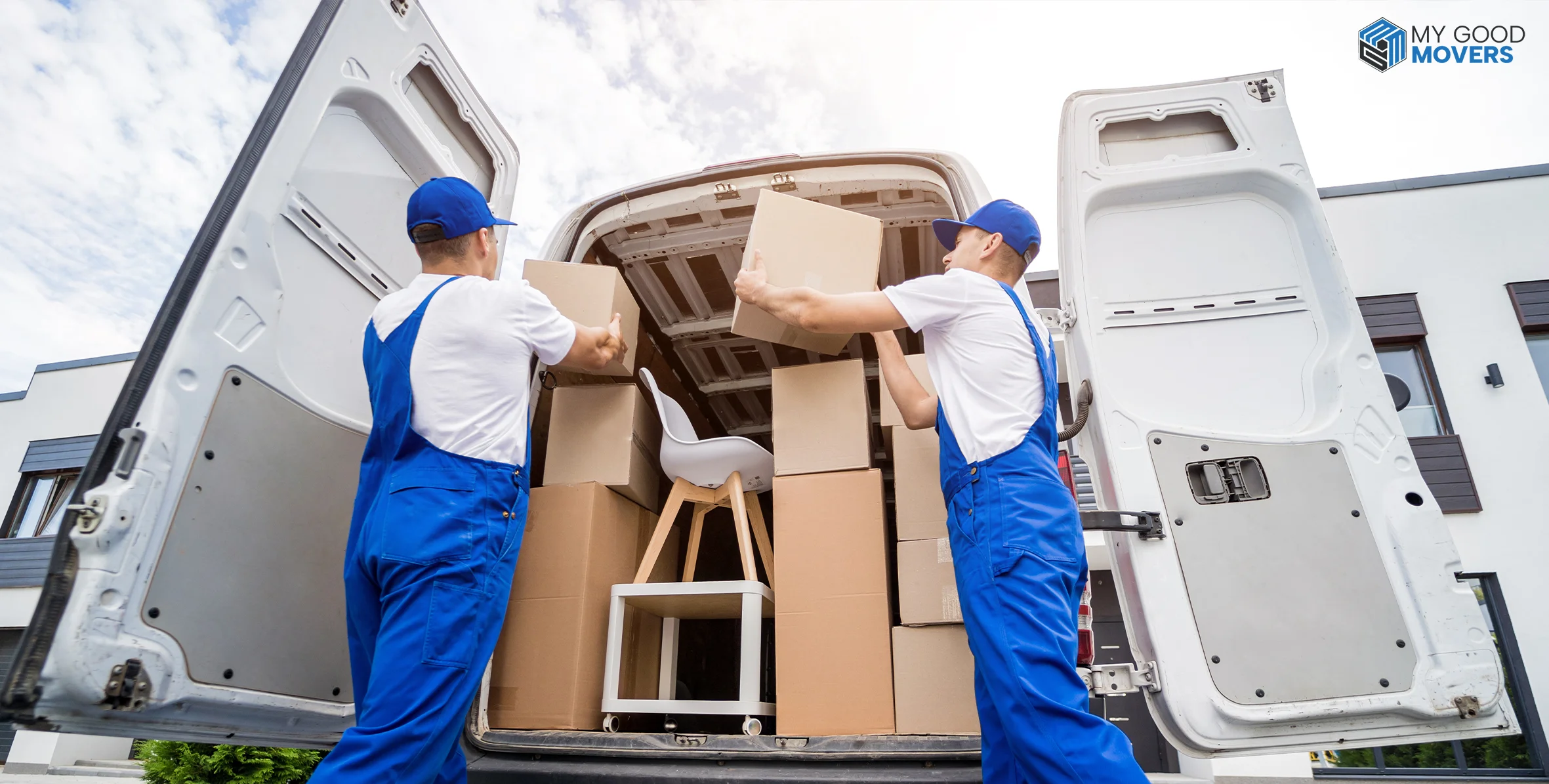

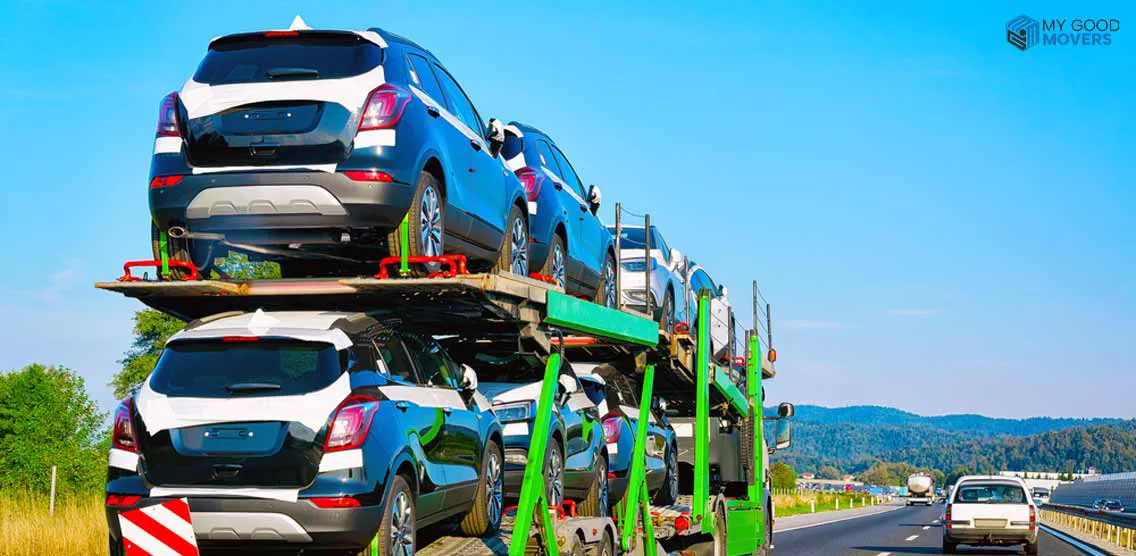



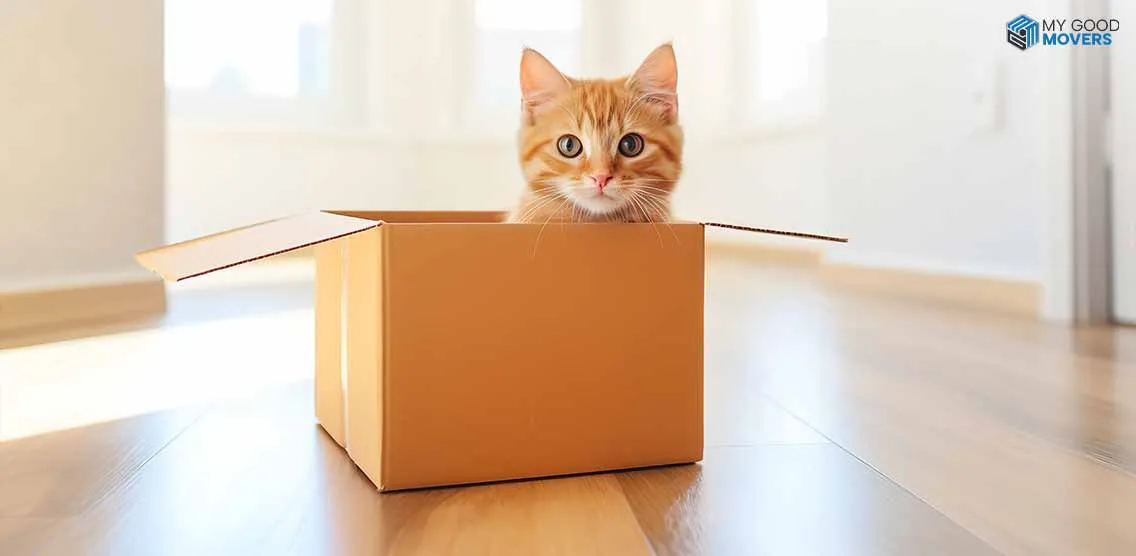


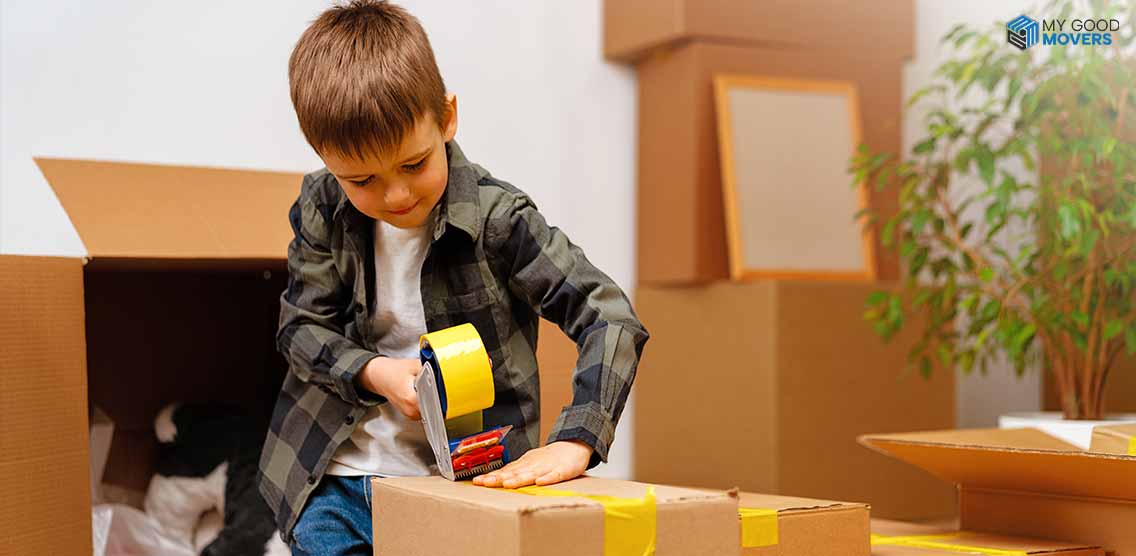
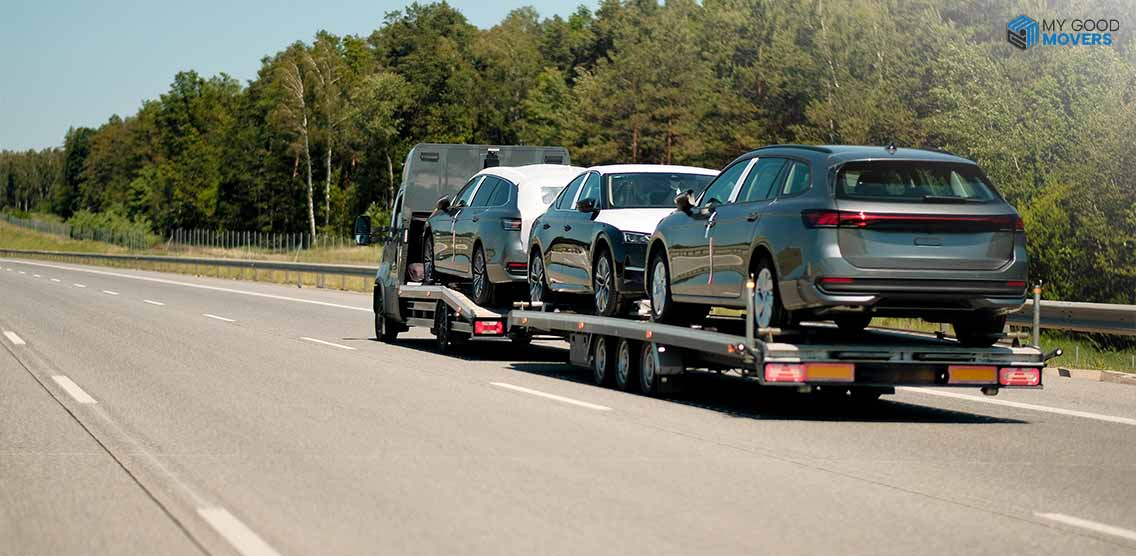
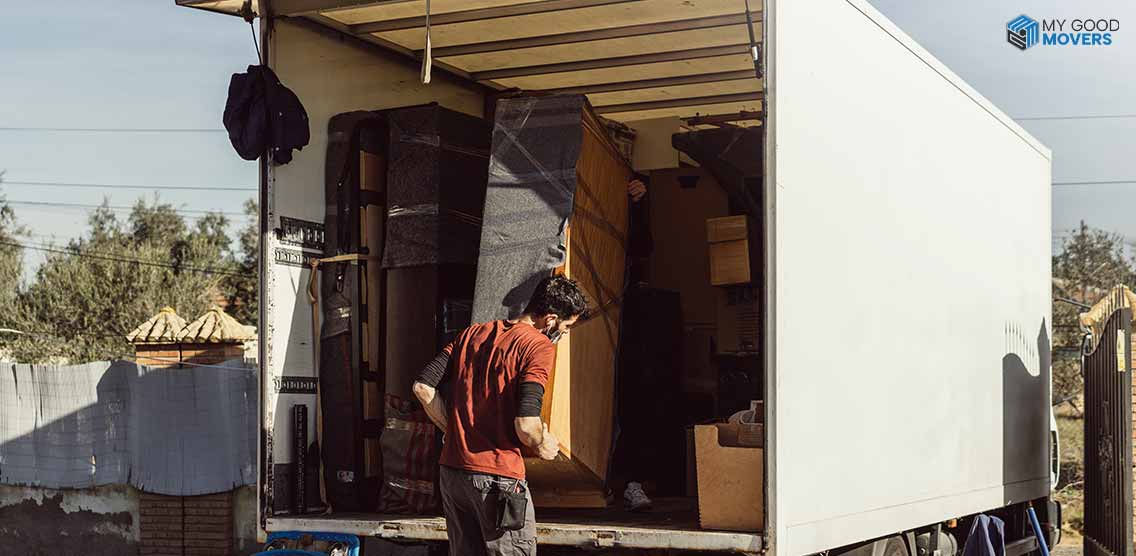
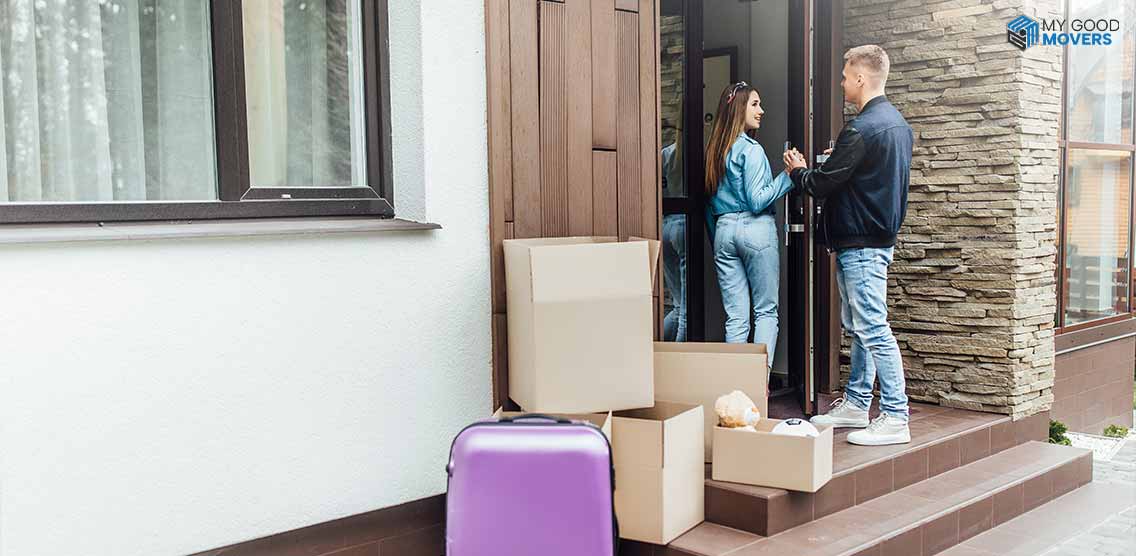


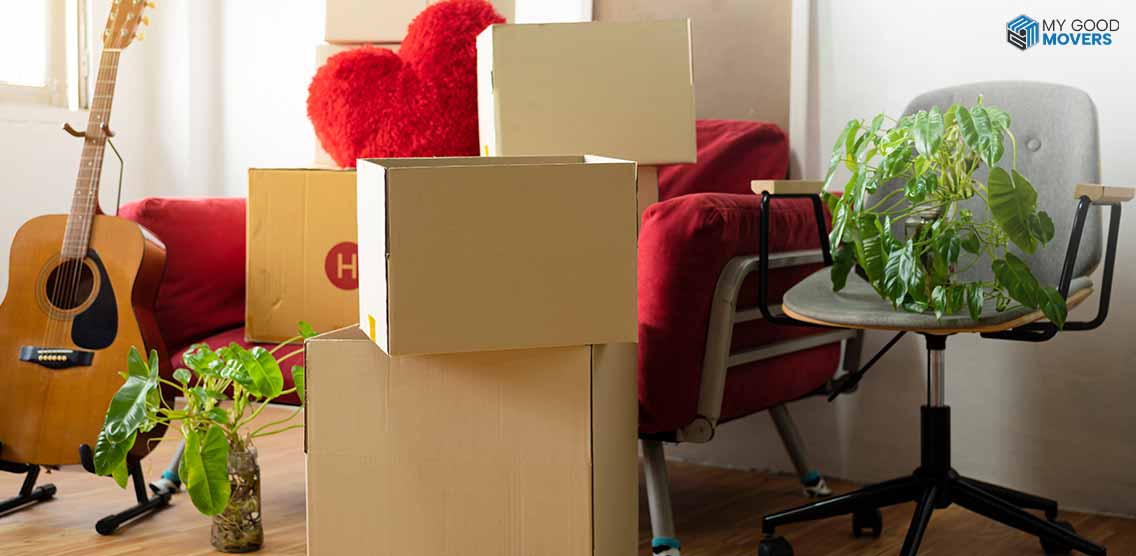




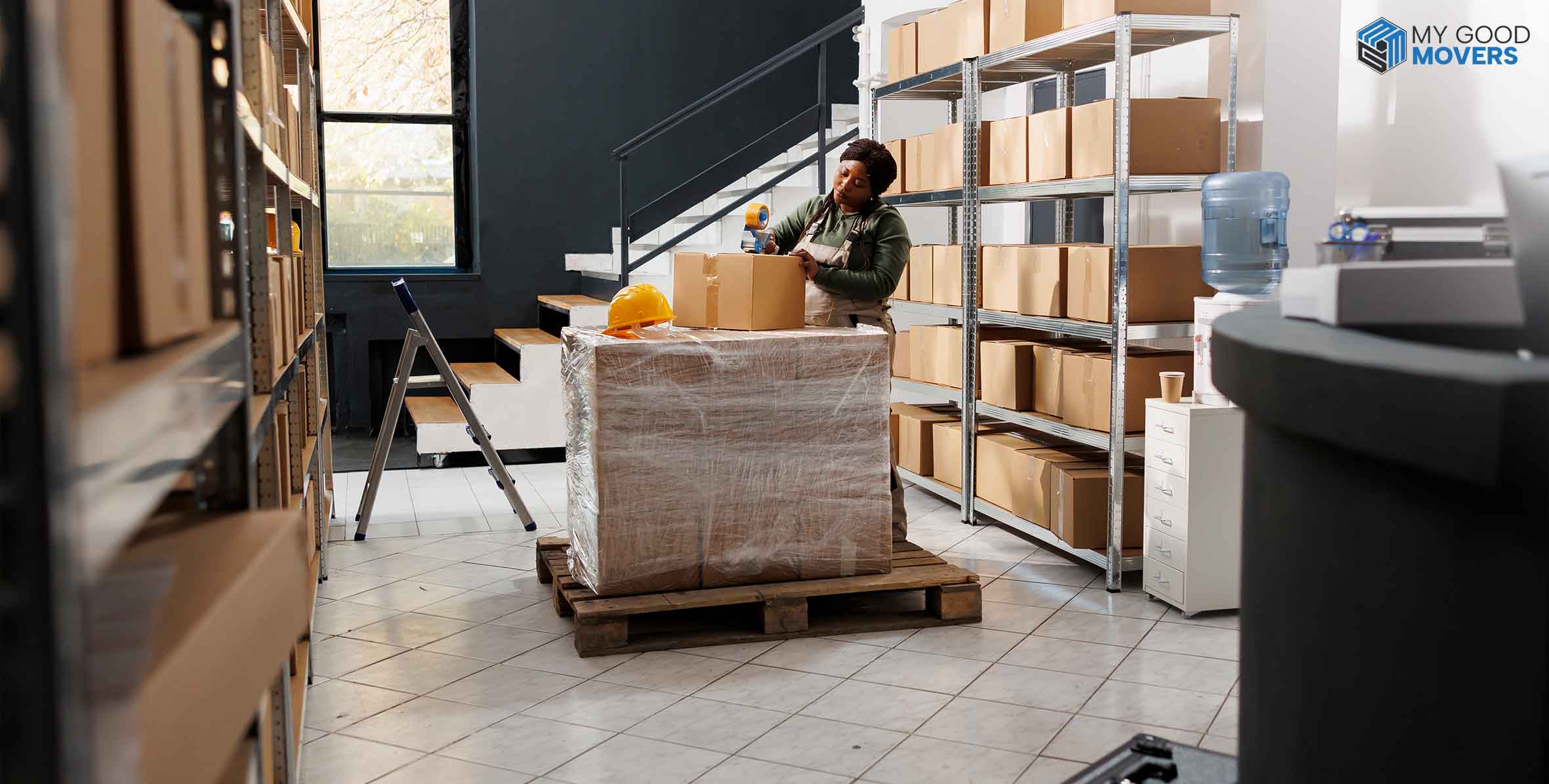



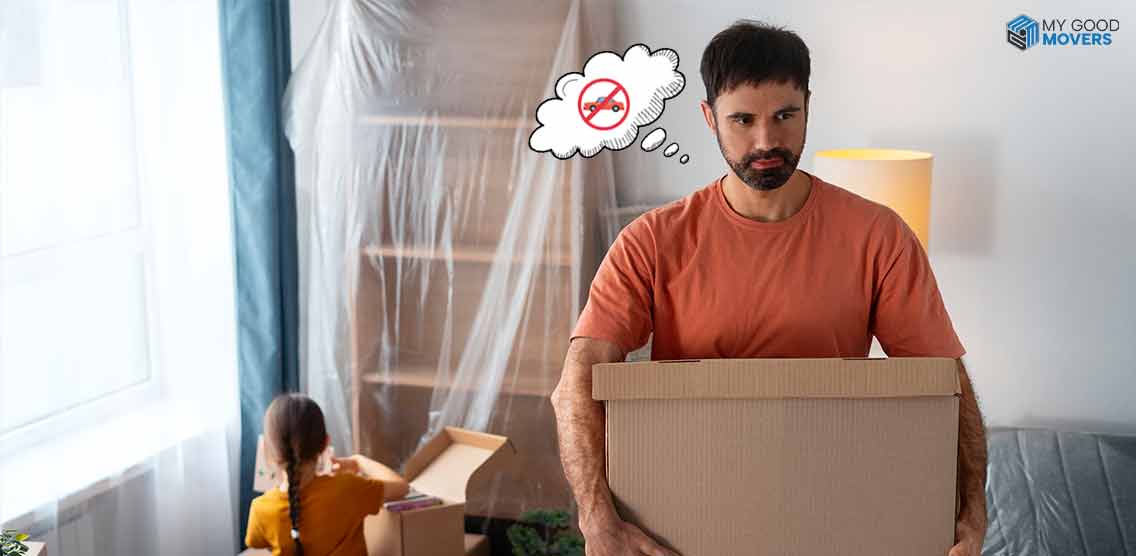




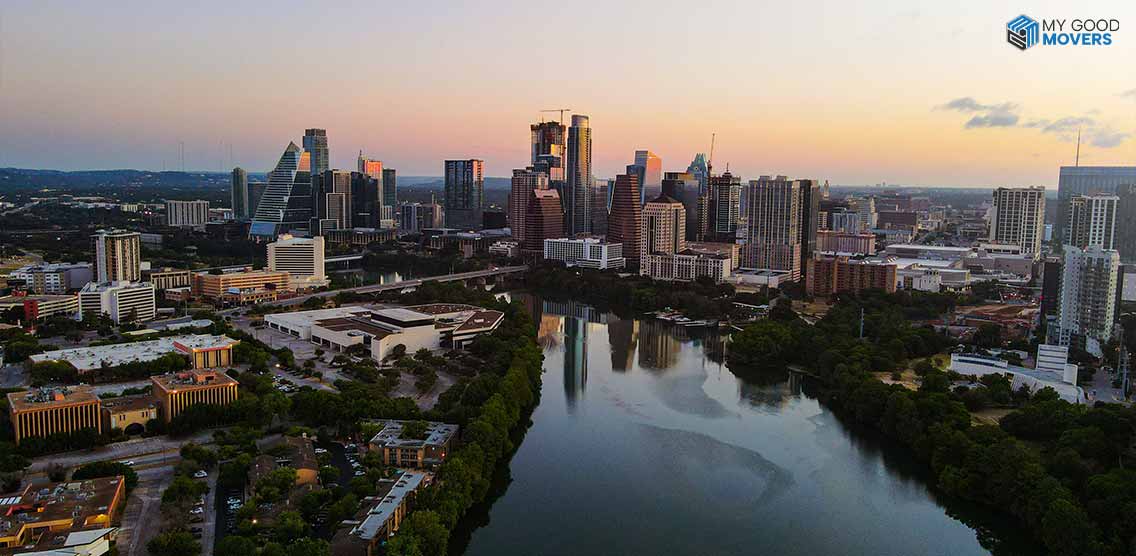
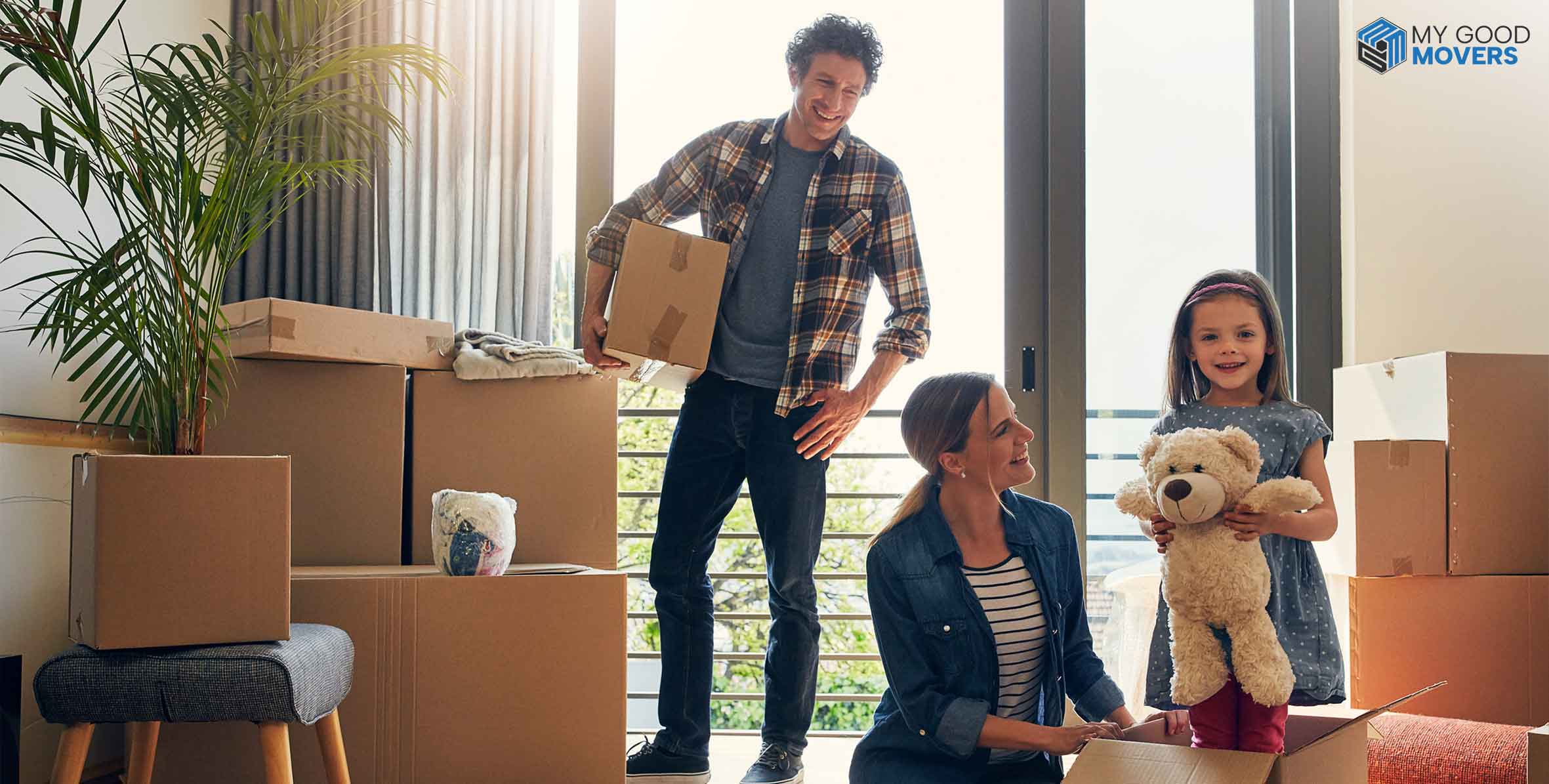

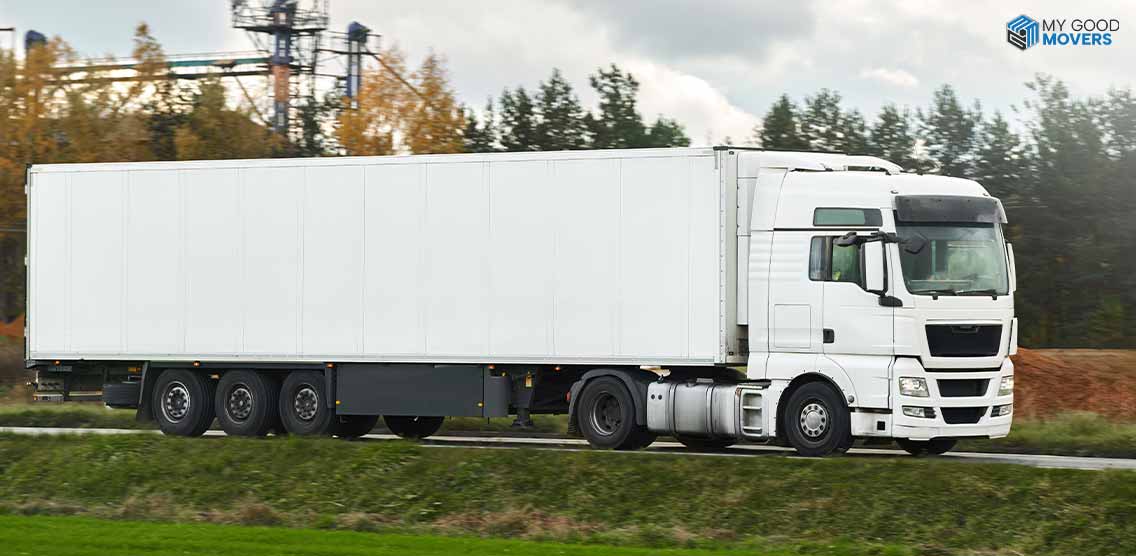





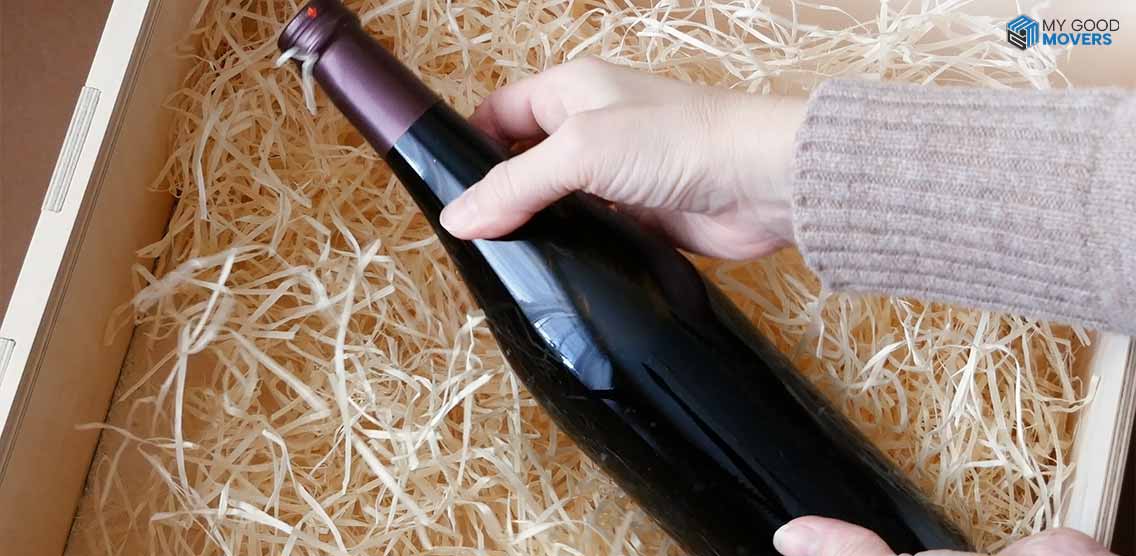

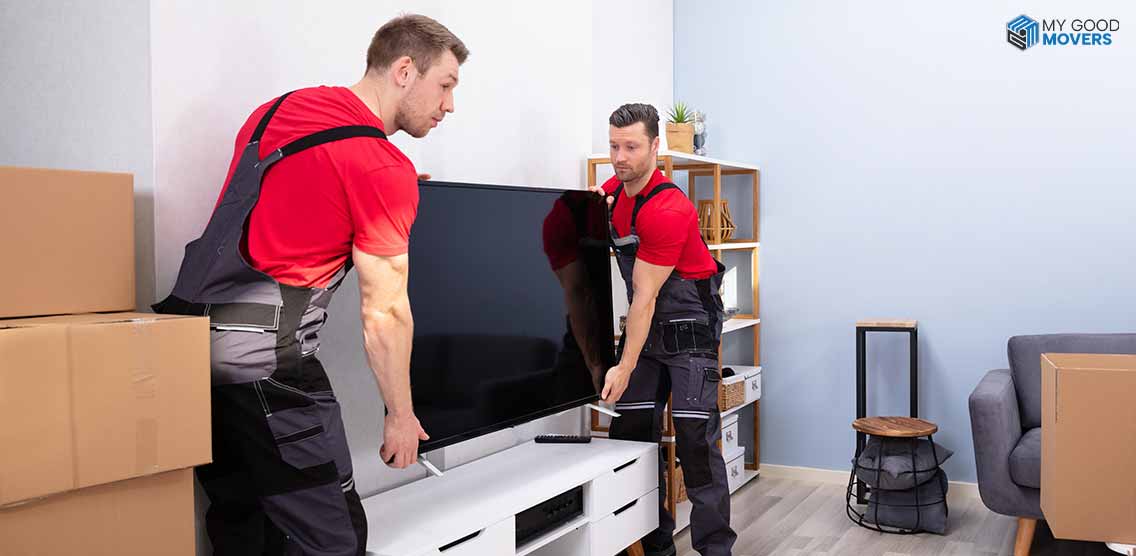





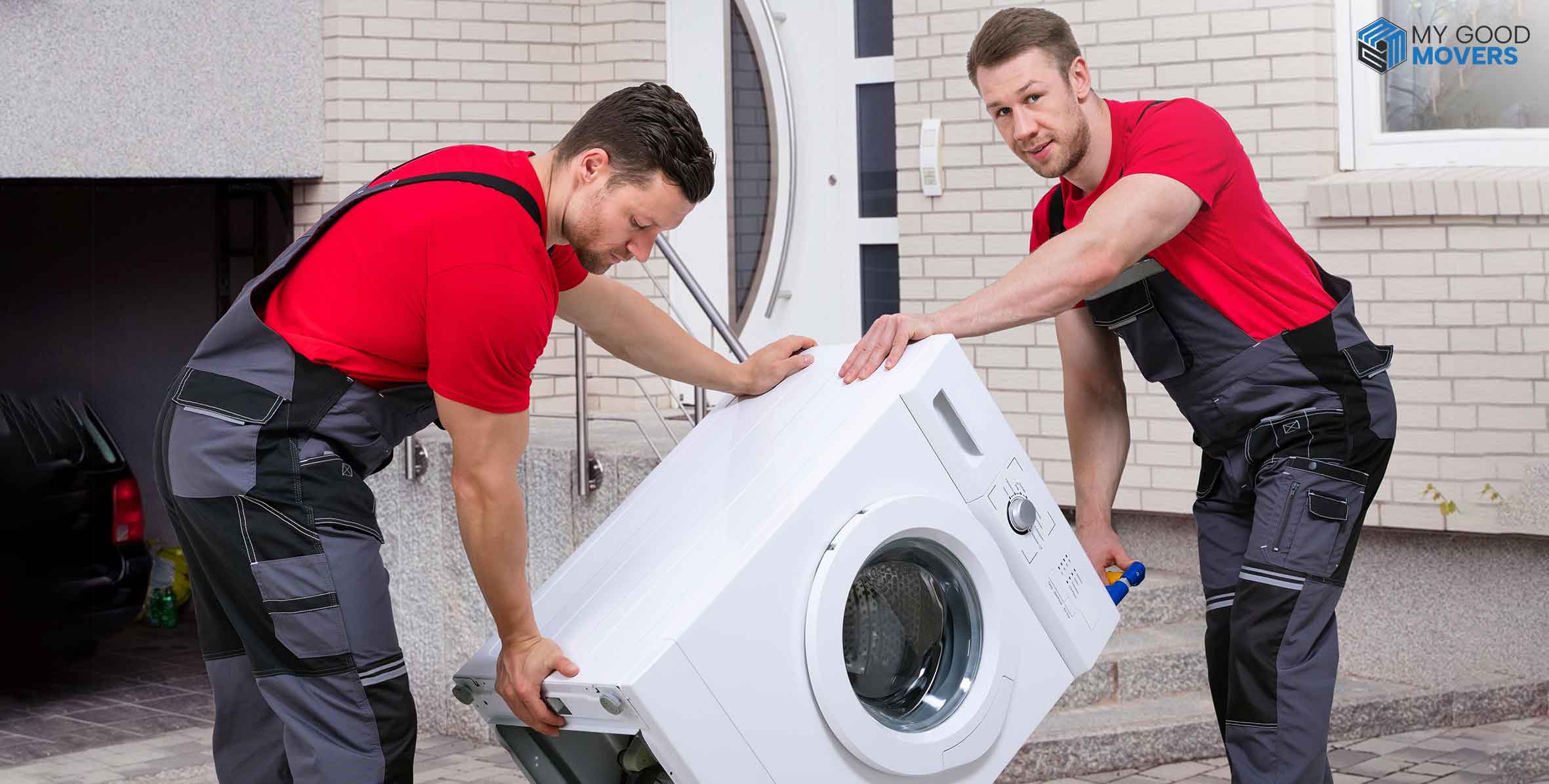
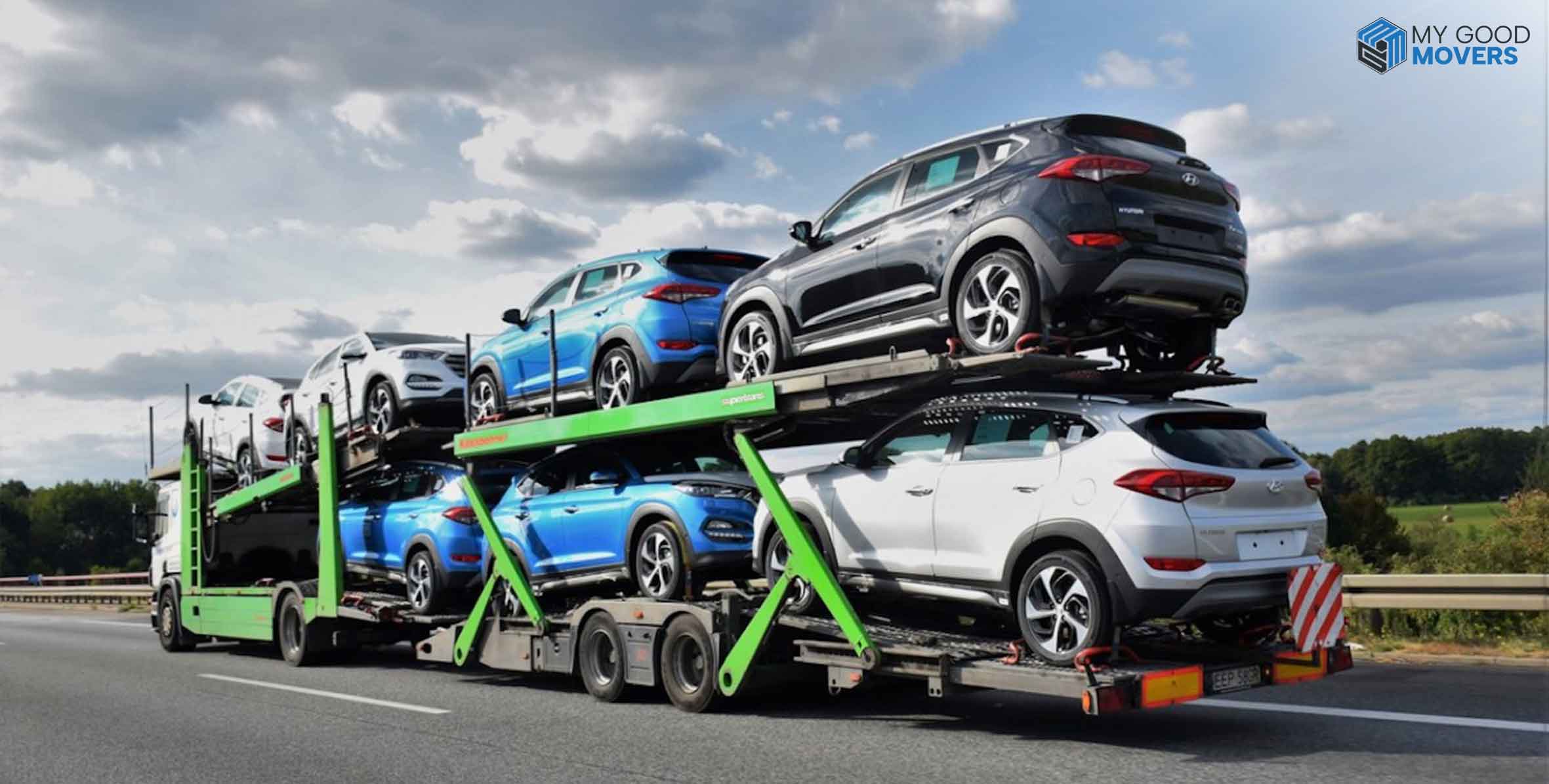



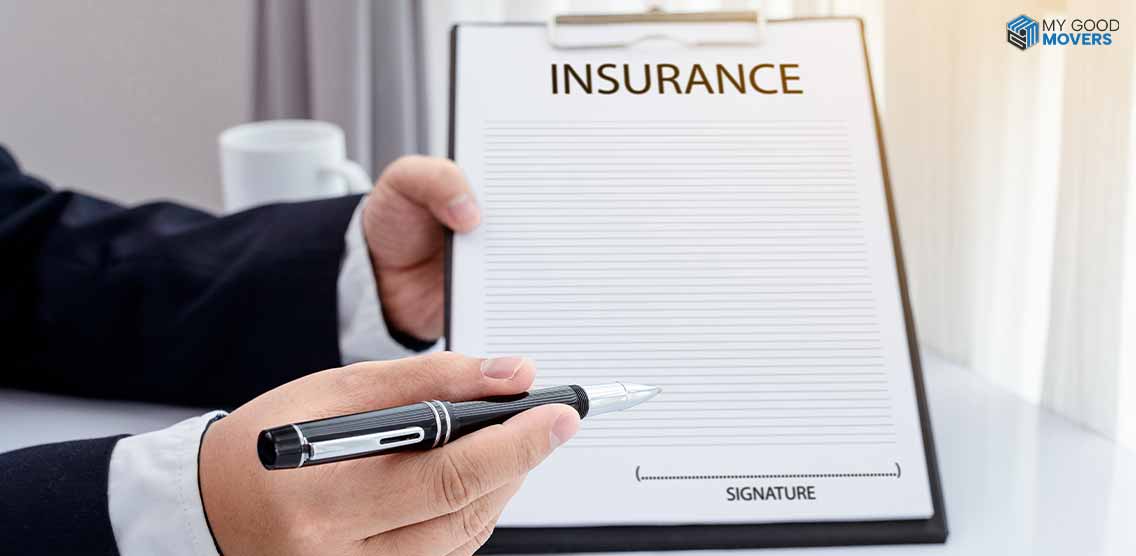
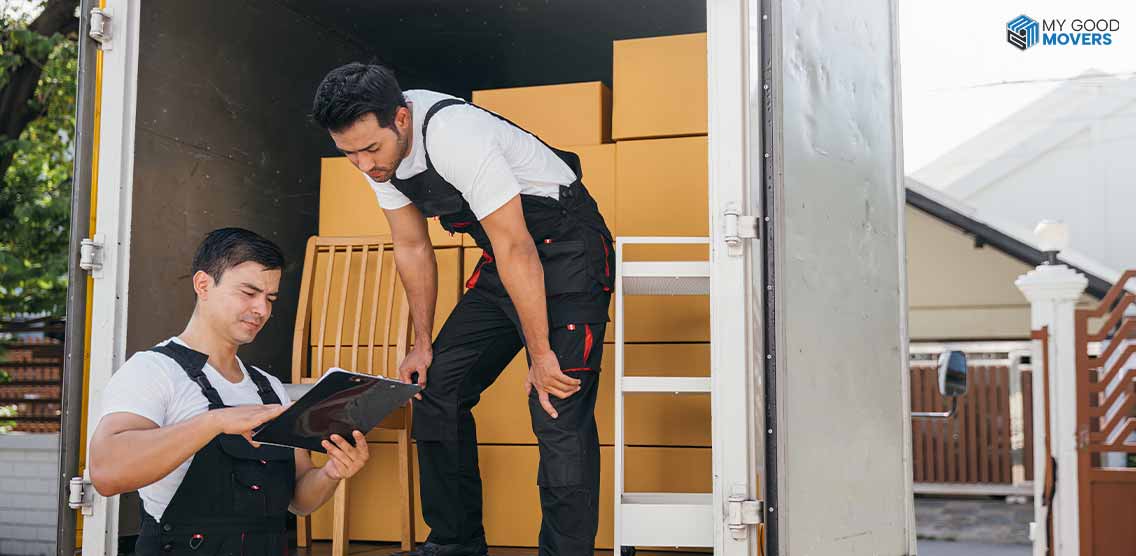

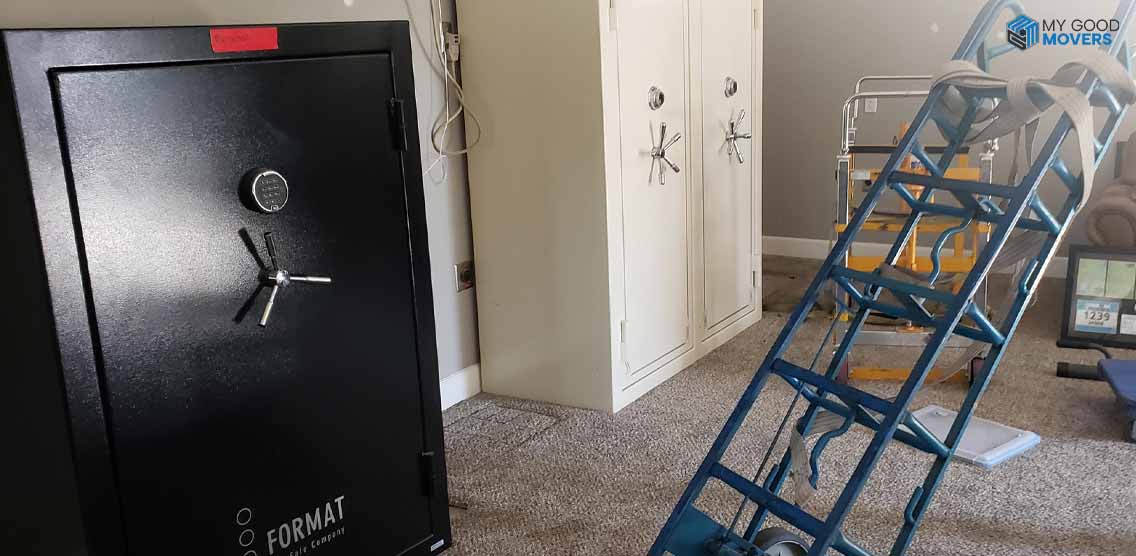
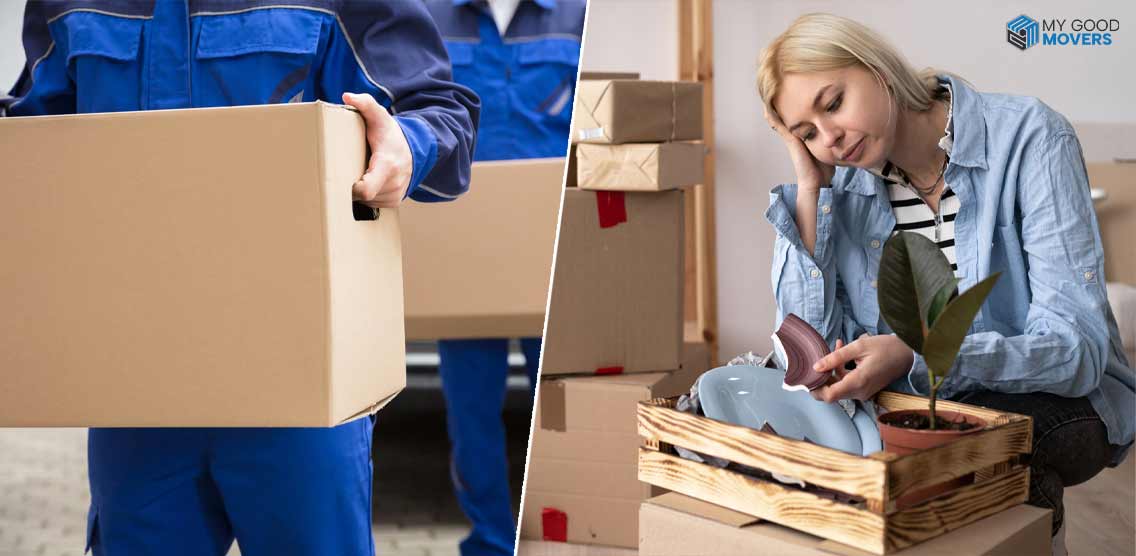
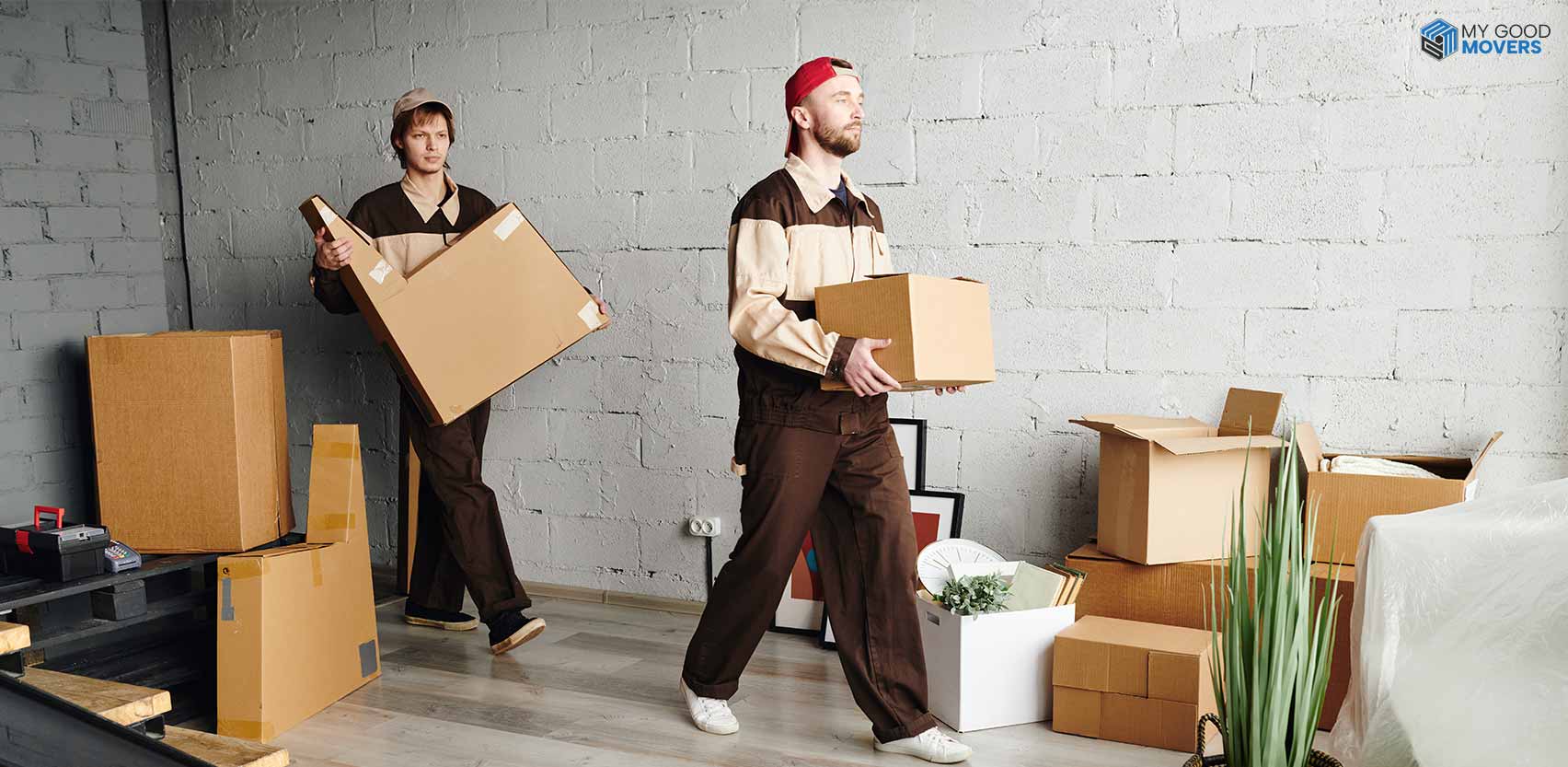



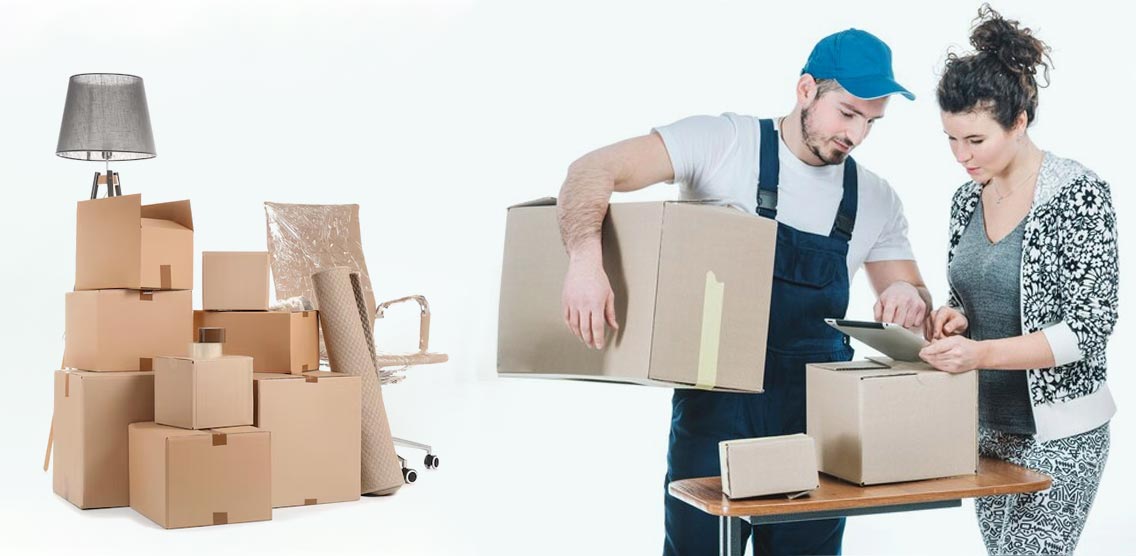

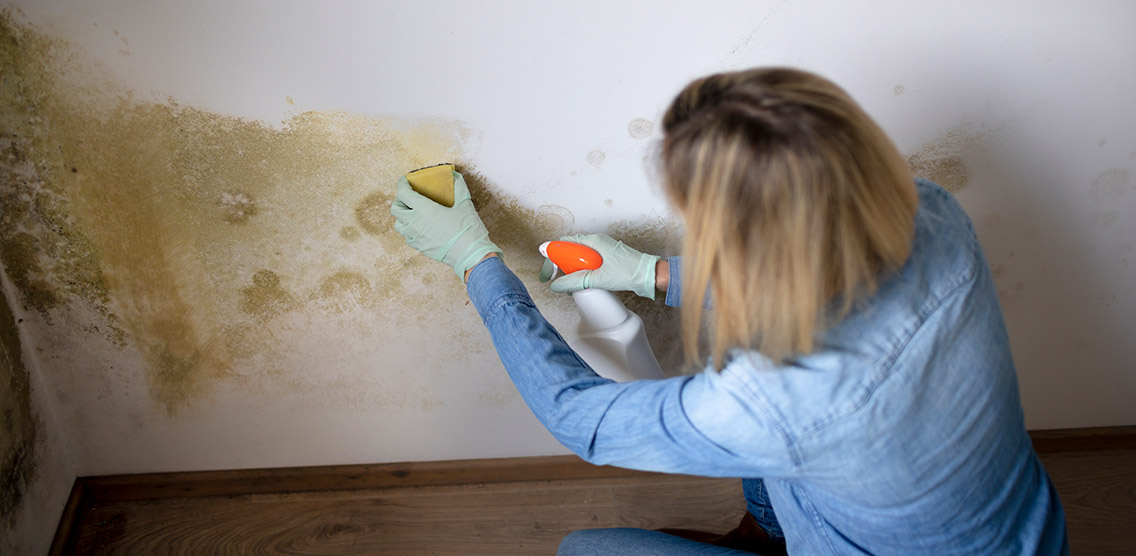

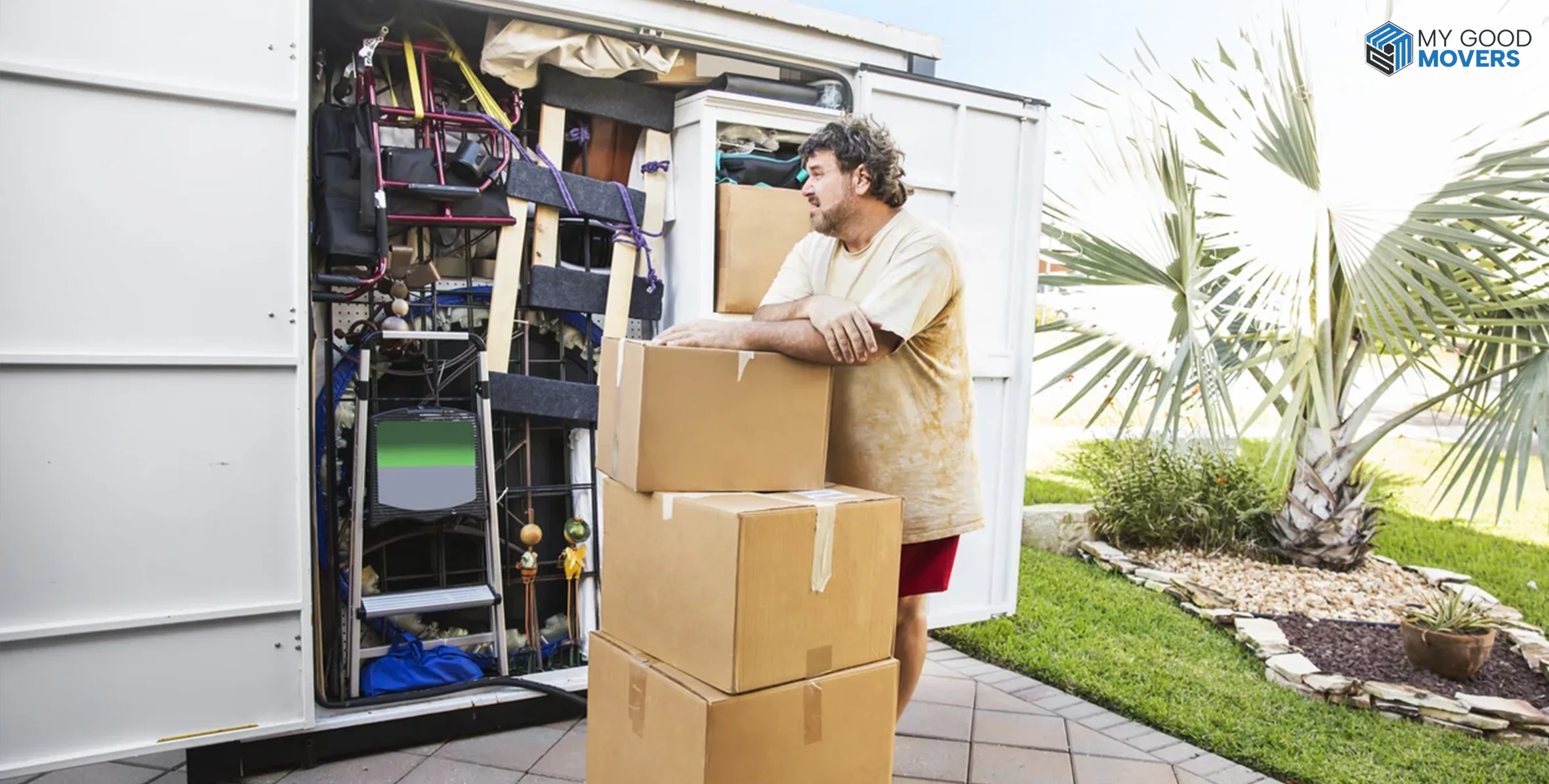
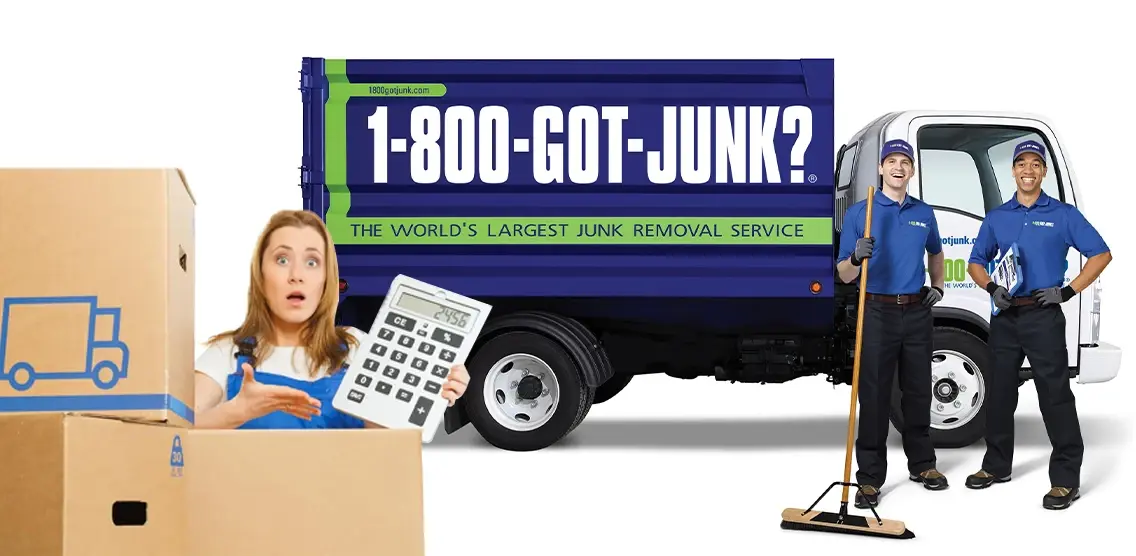
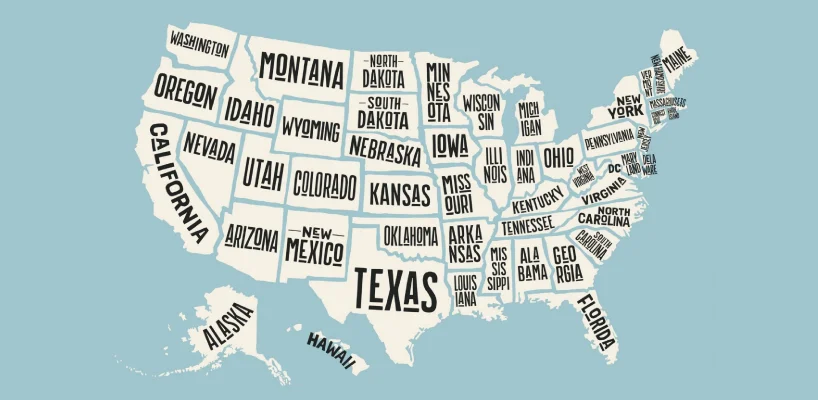
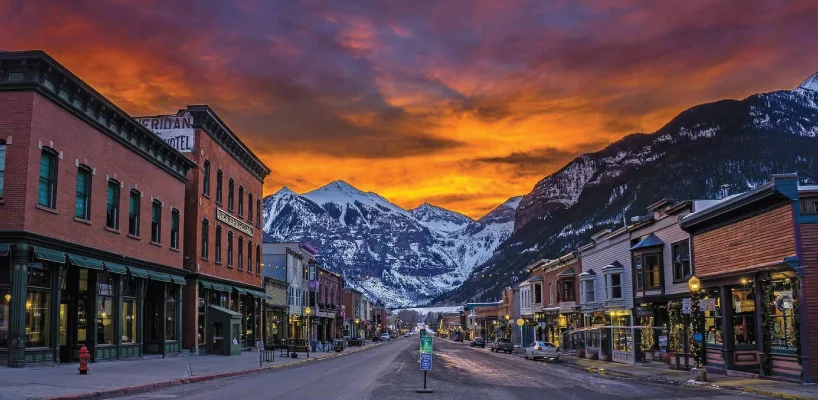
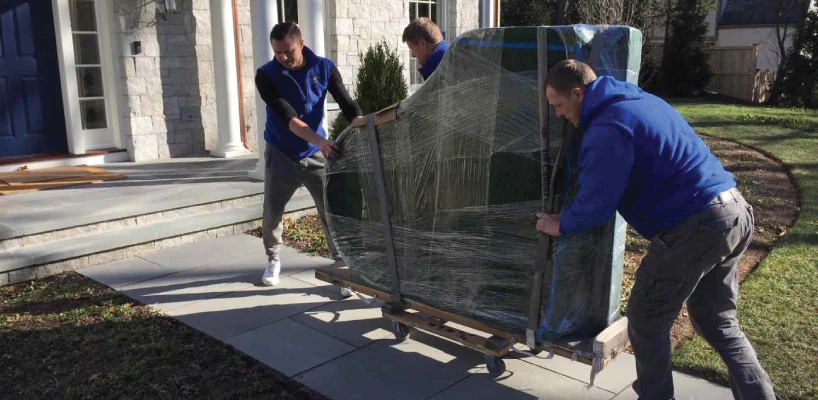

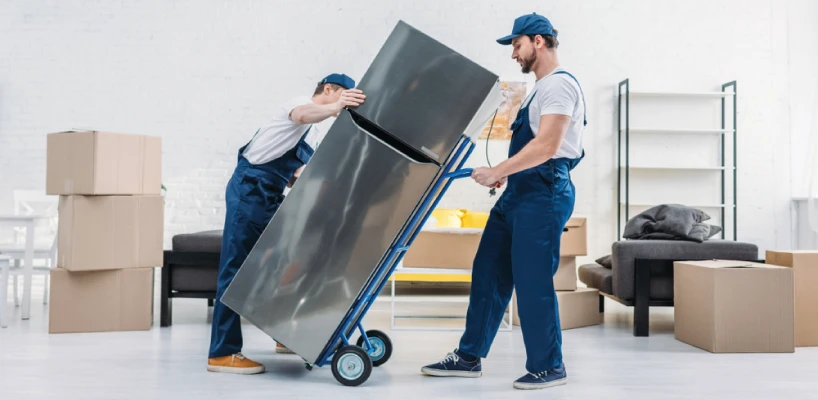

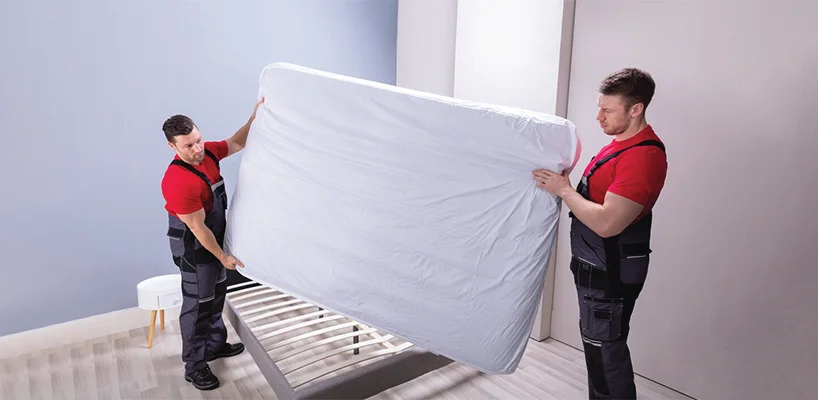
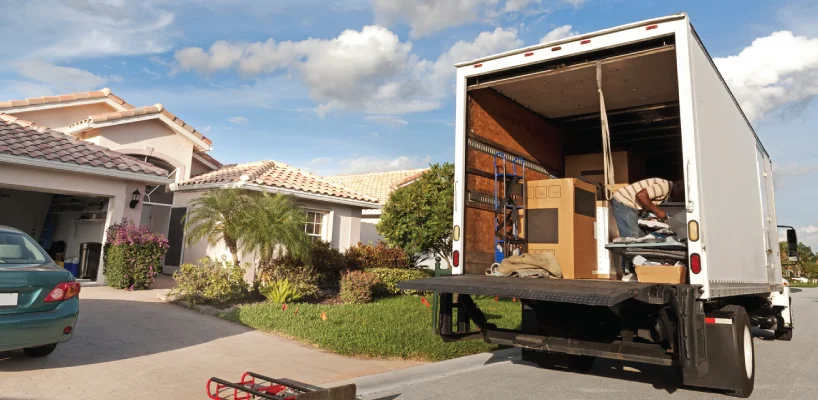
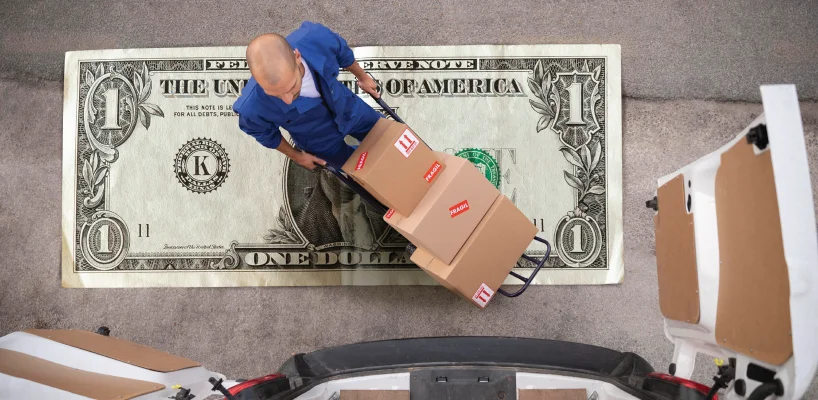

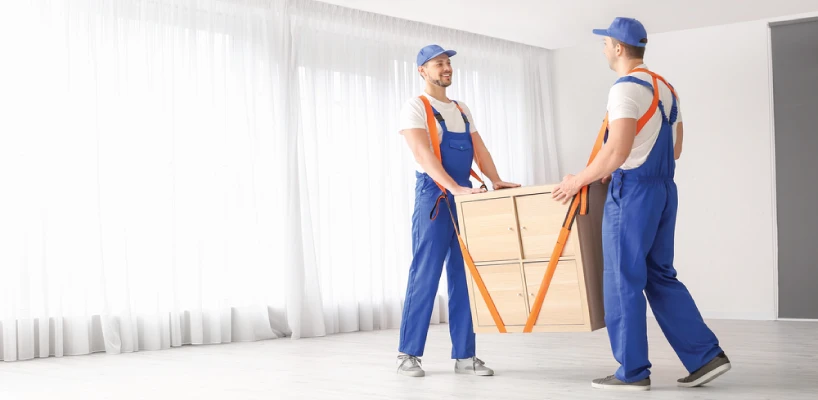
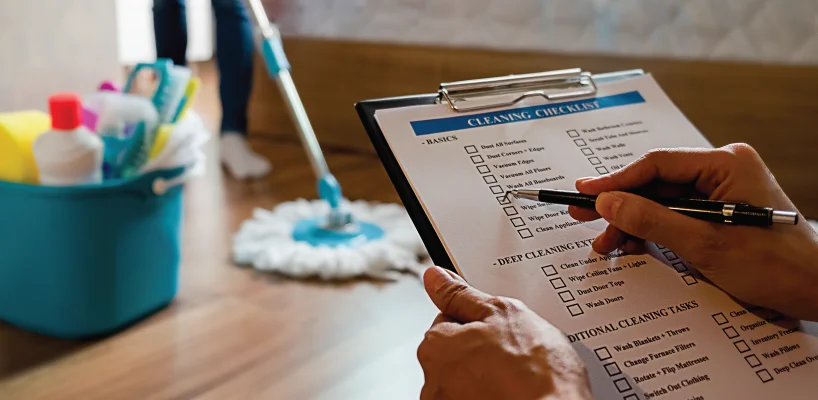
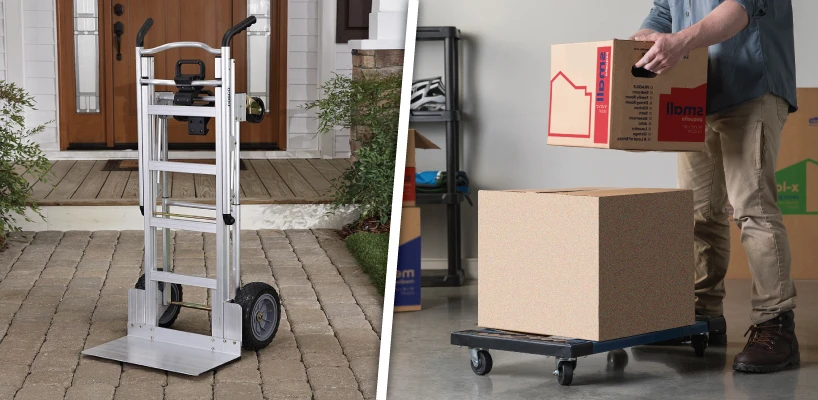
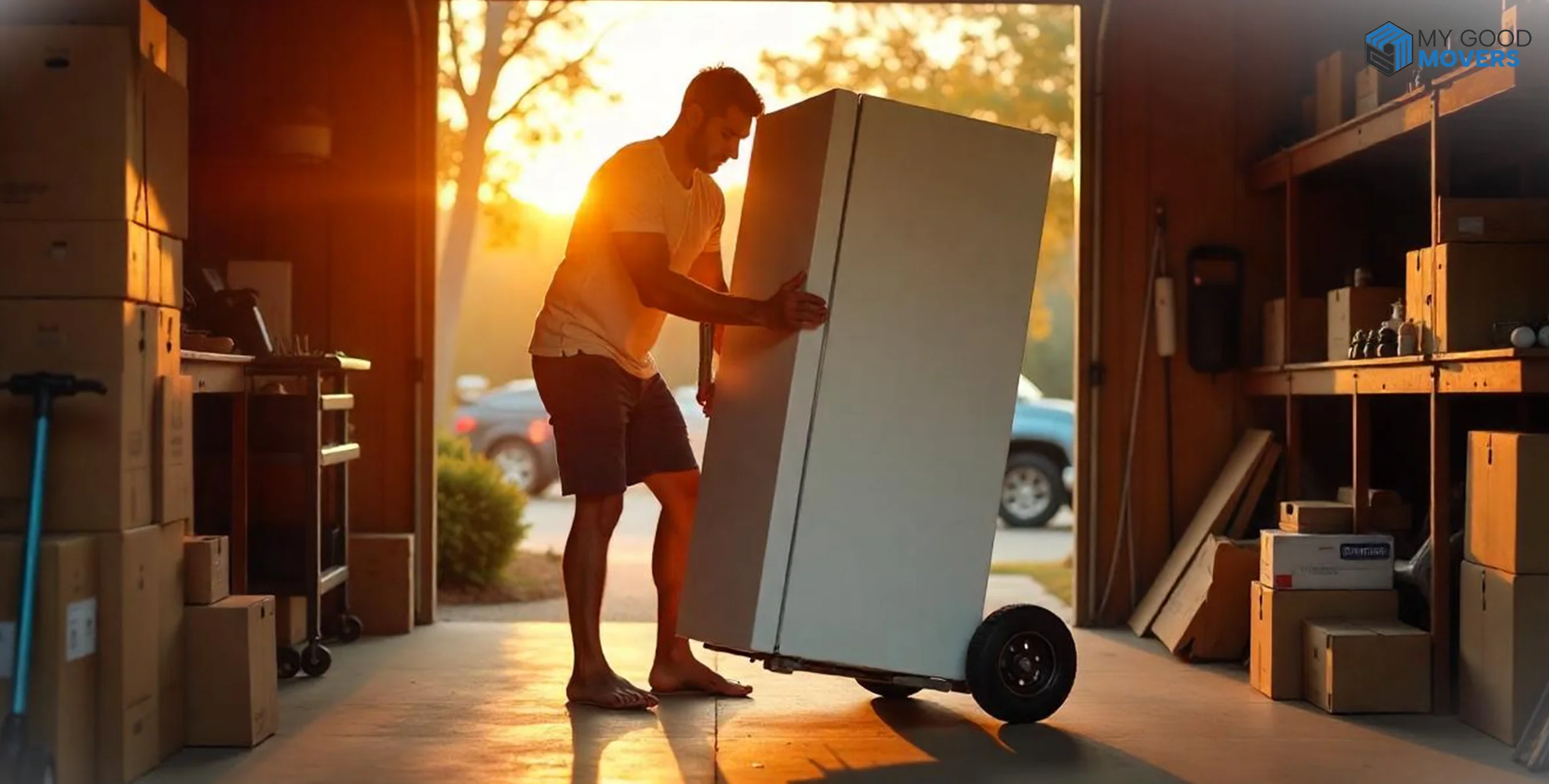
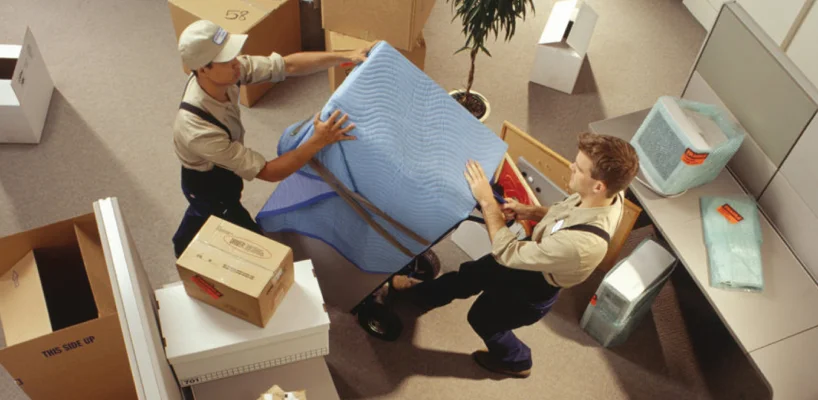
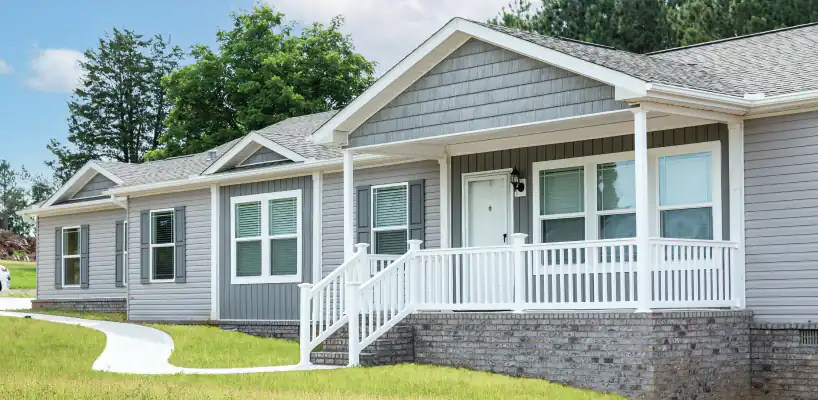

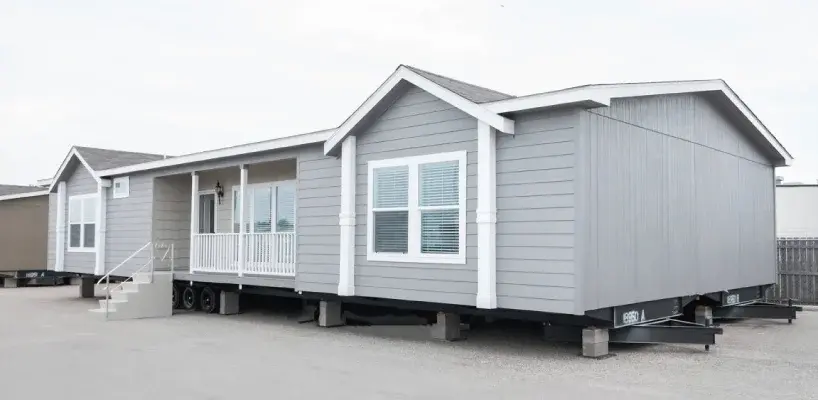
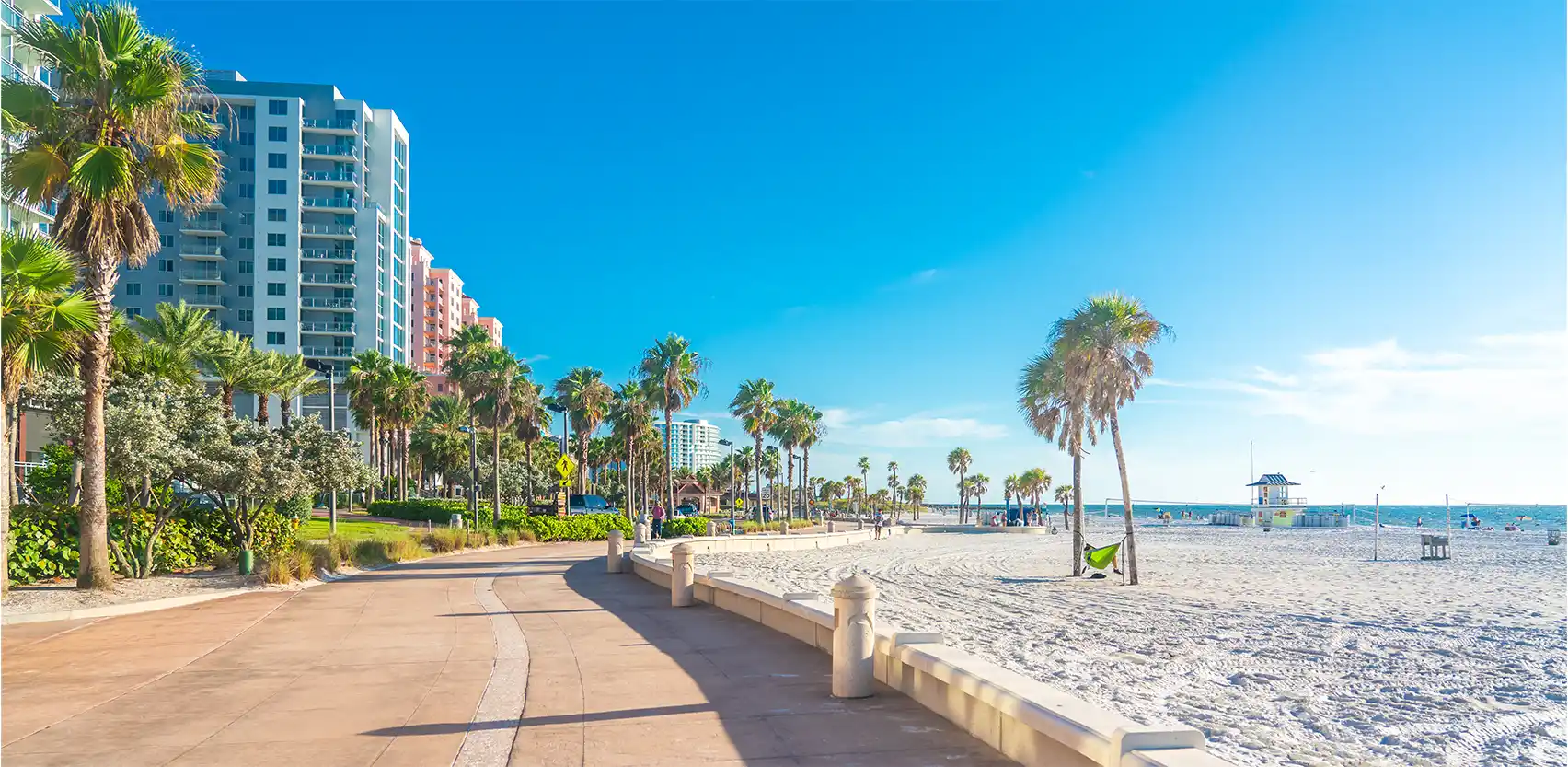

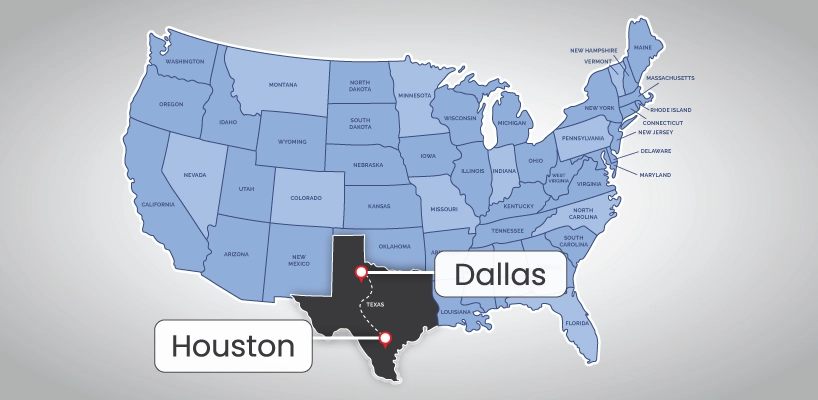

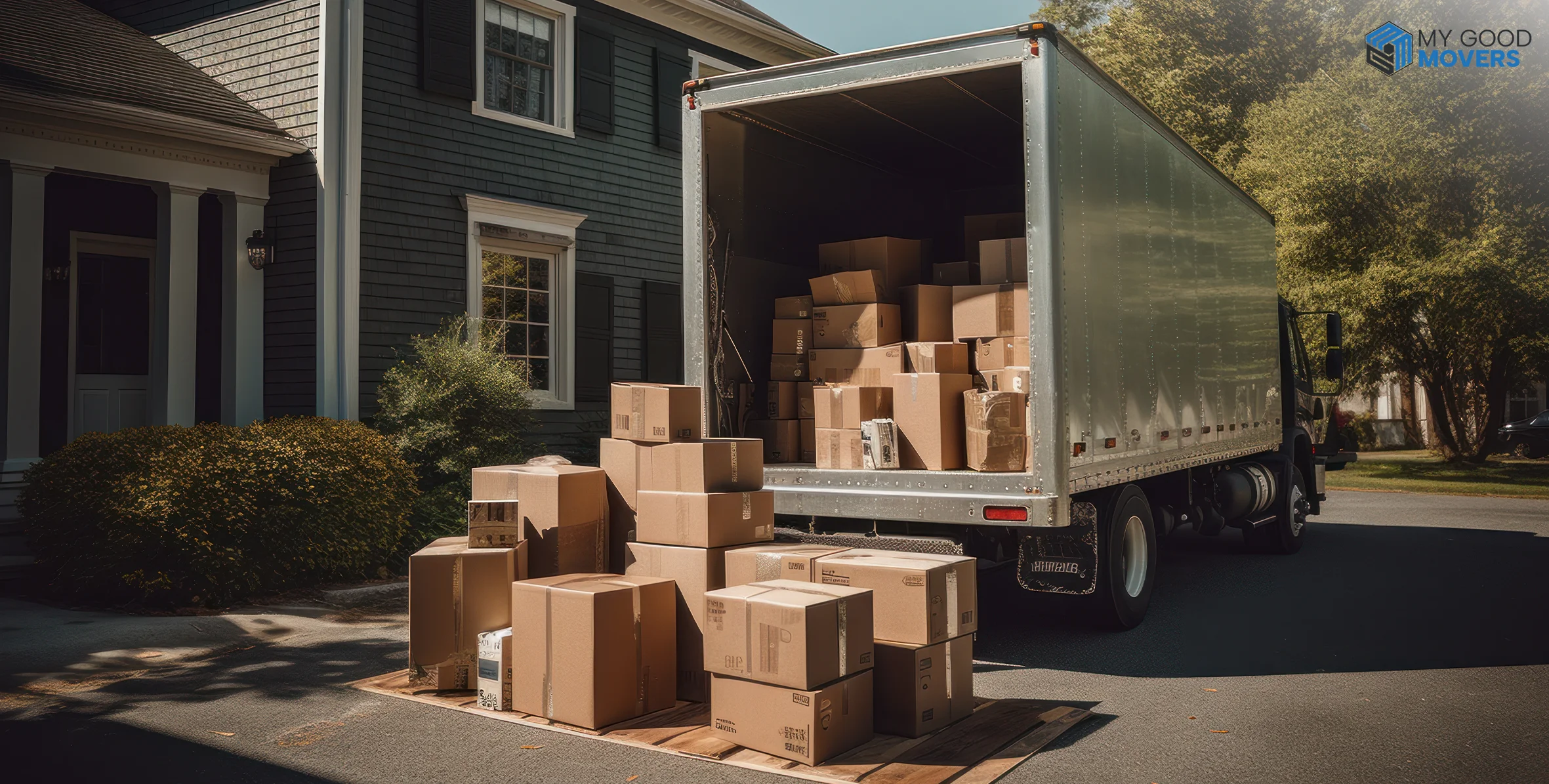
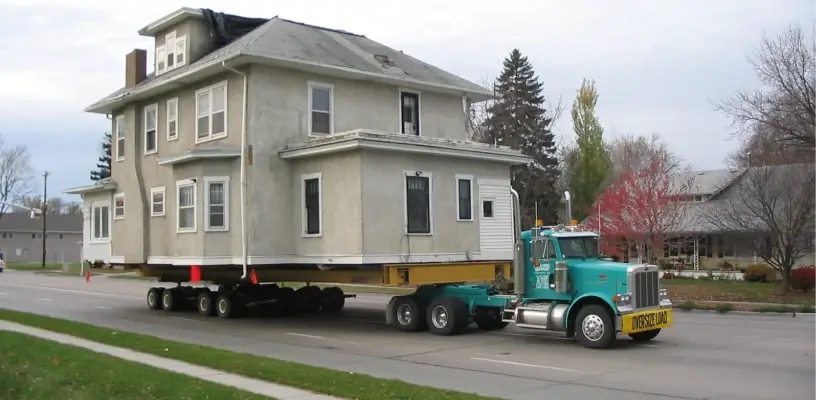
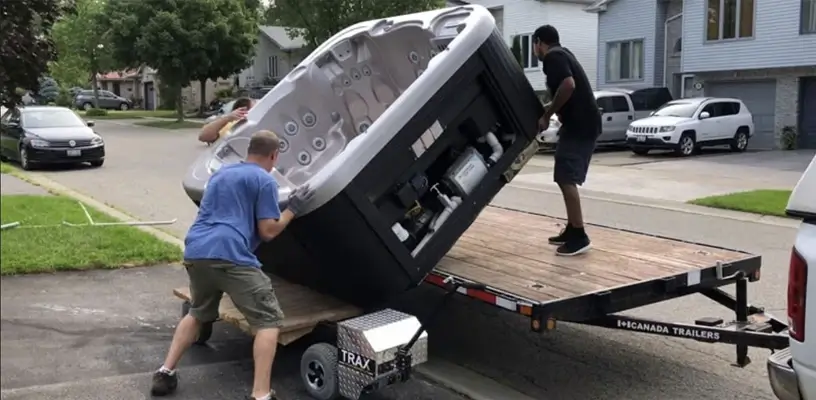
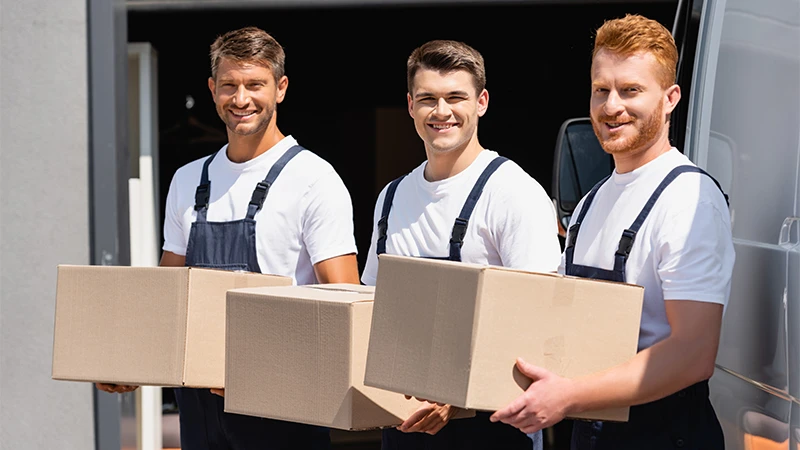

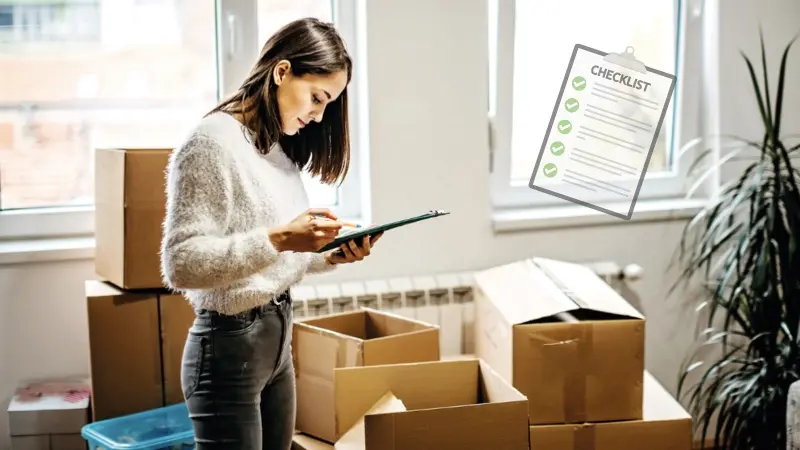

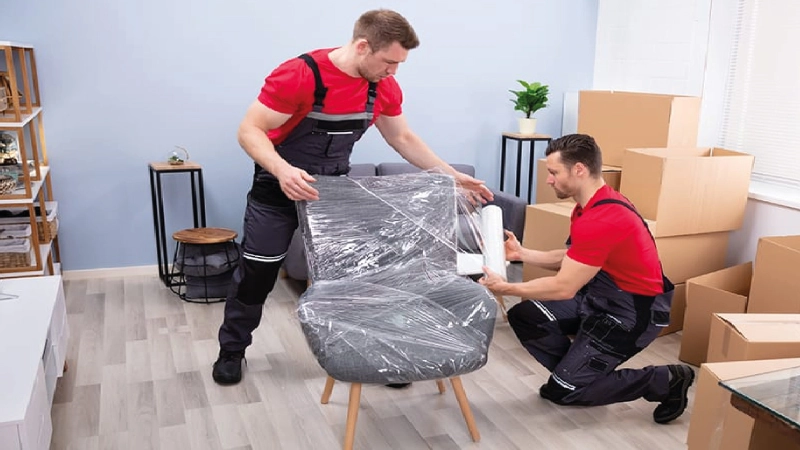

 (239) 799–6077
(239) 799–6077